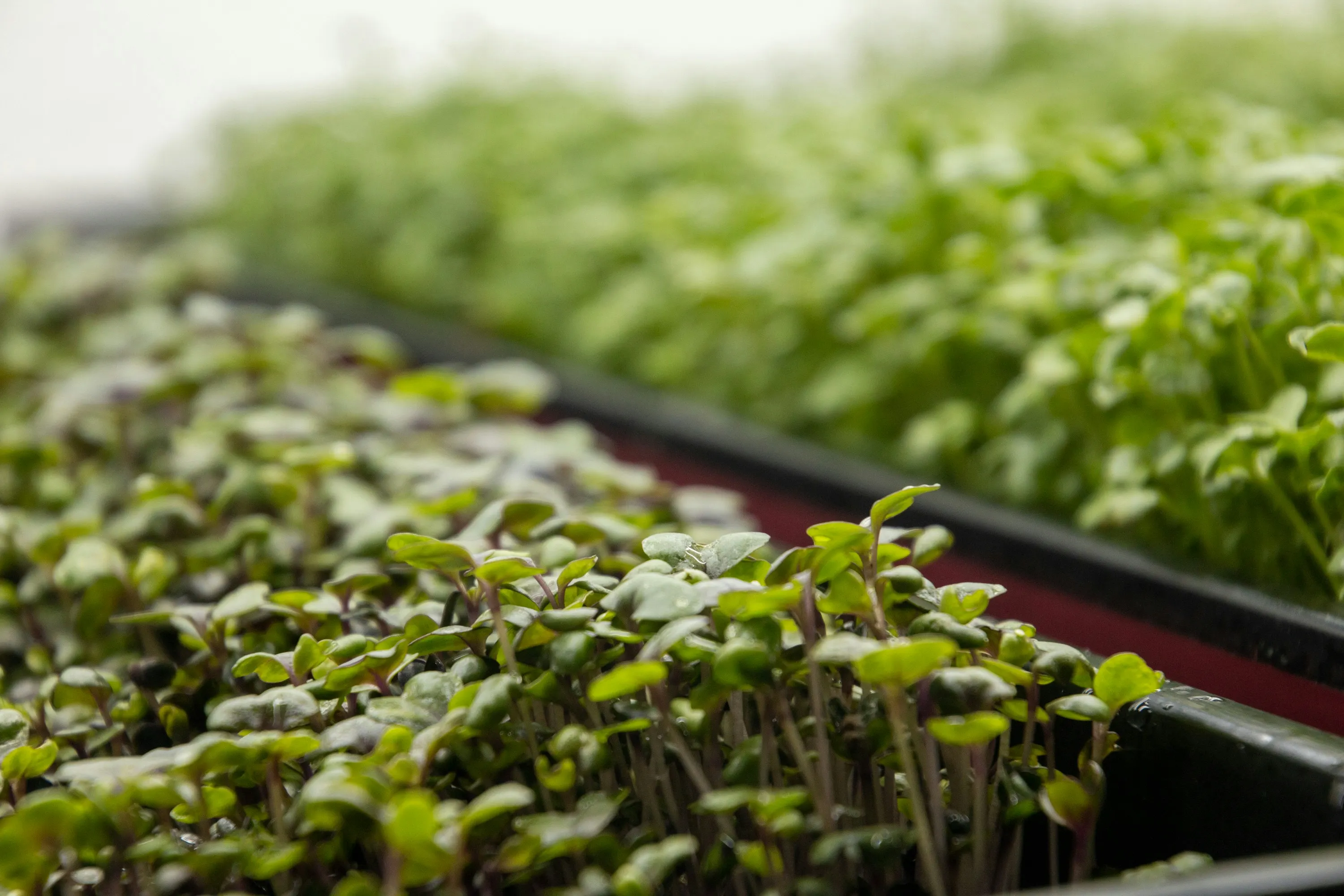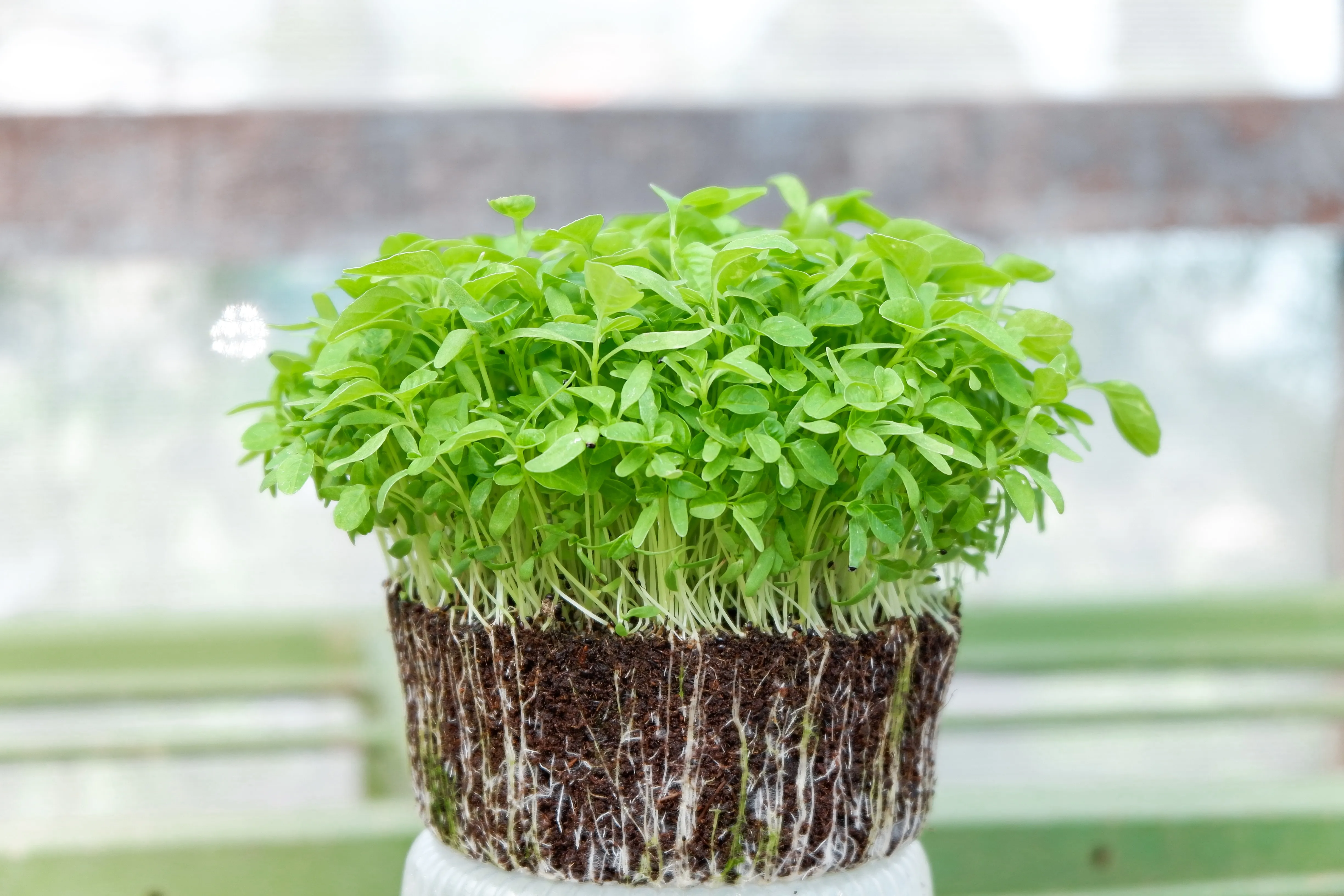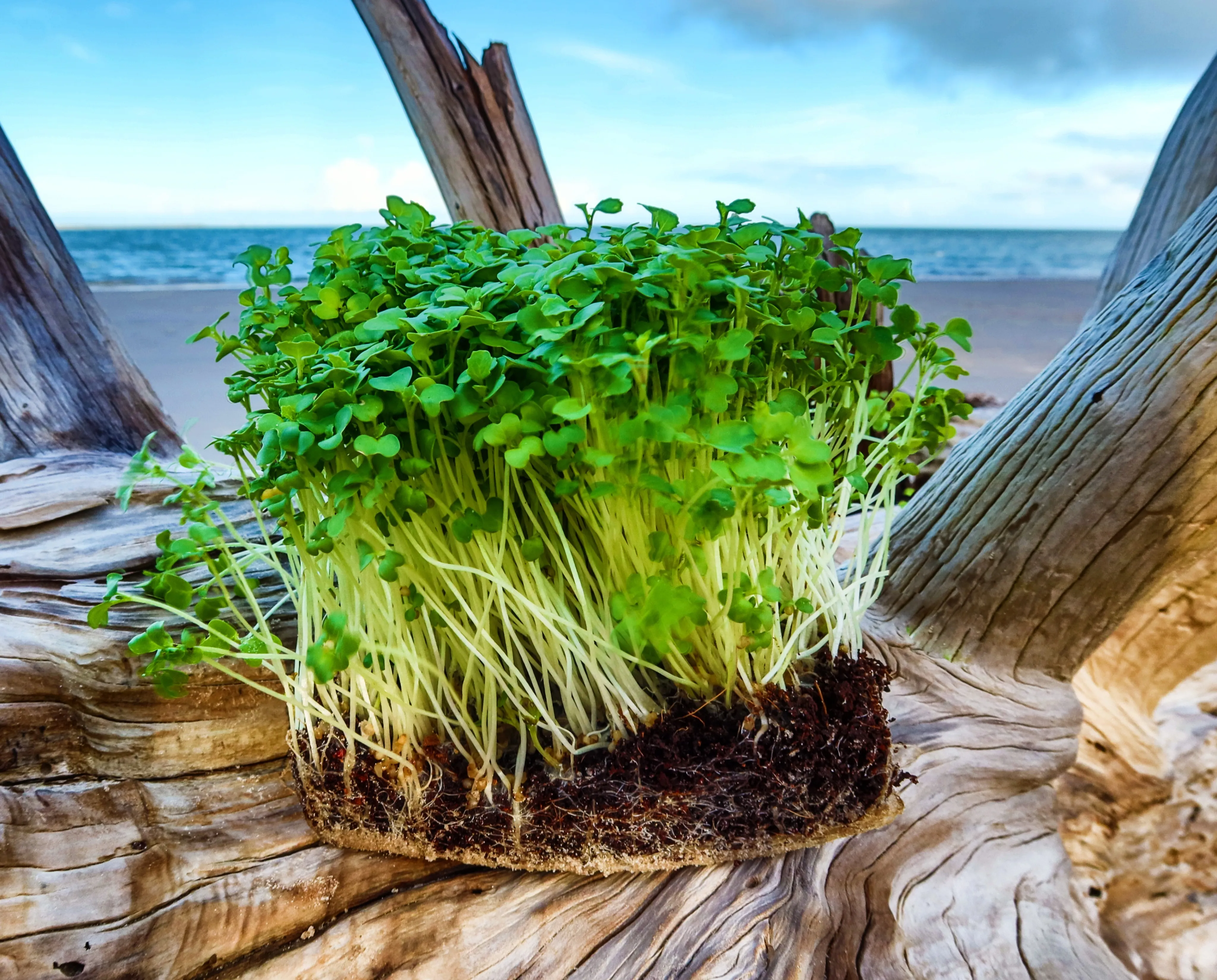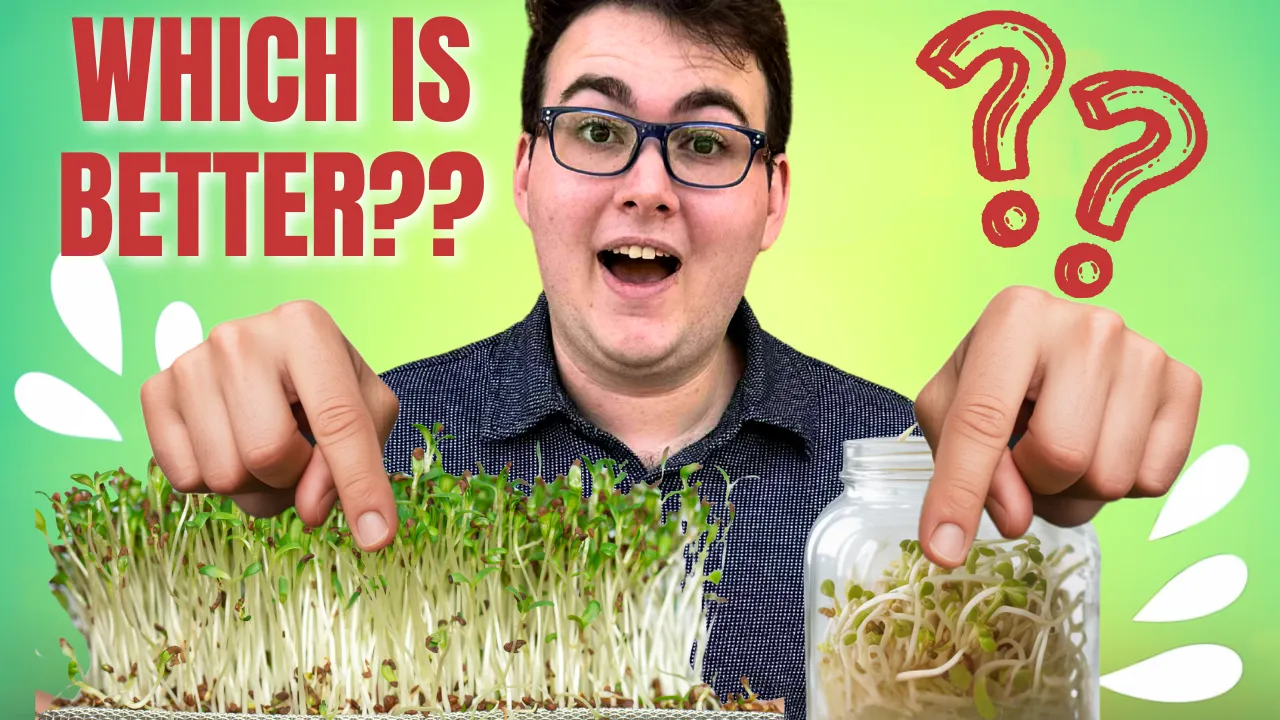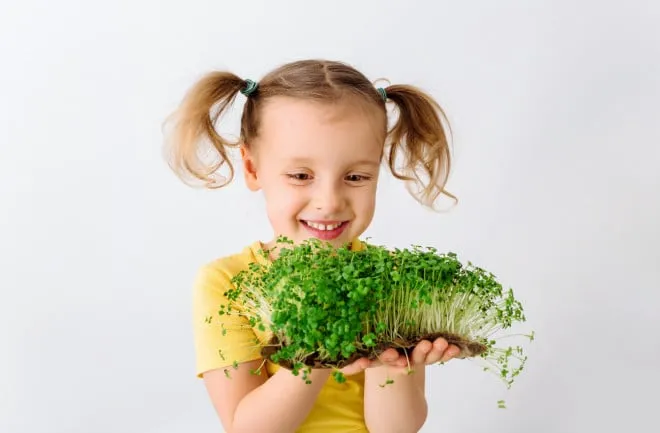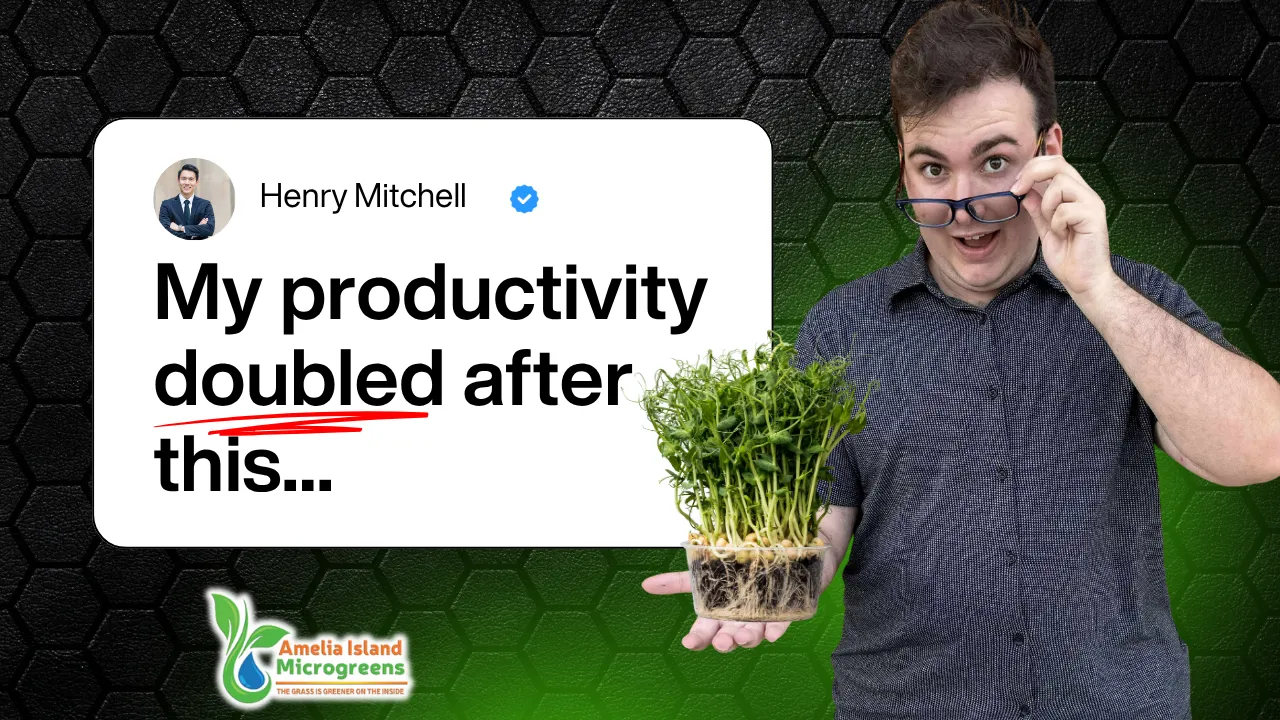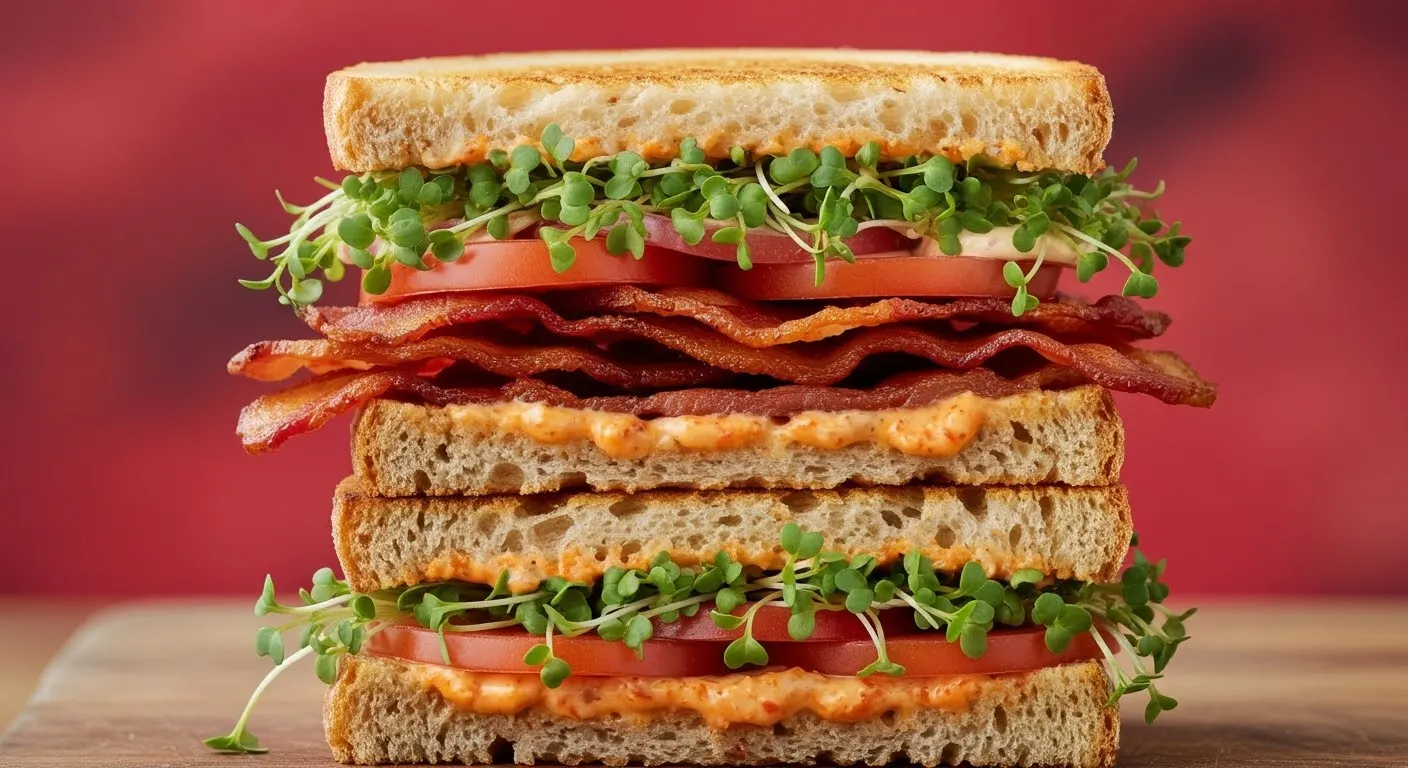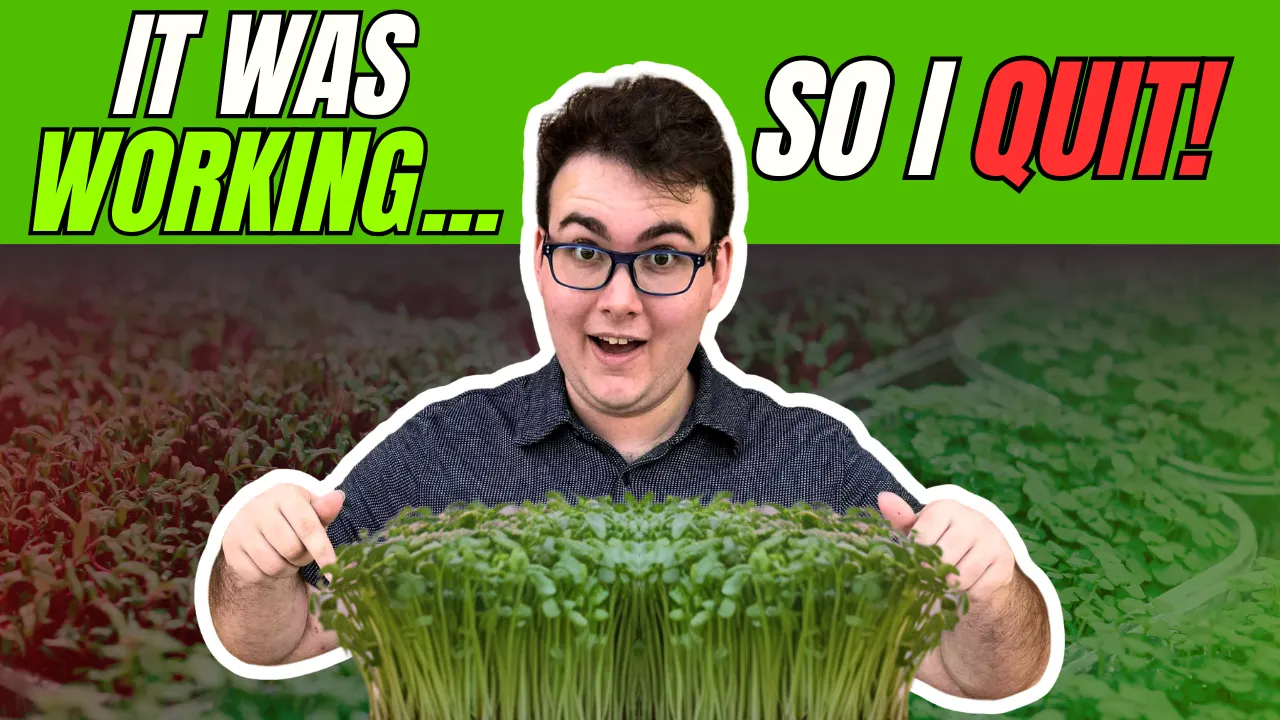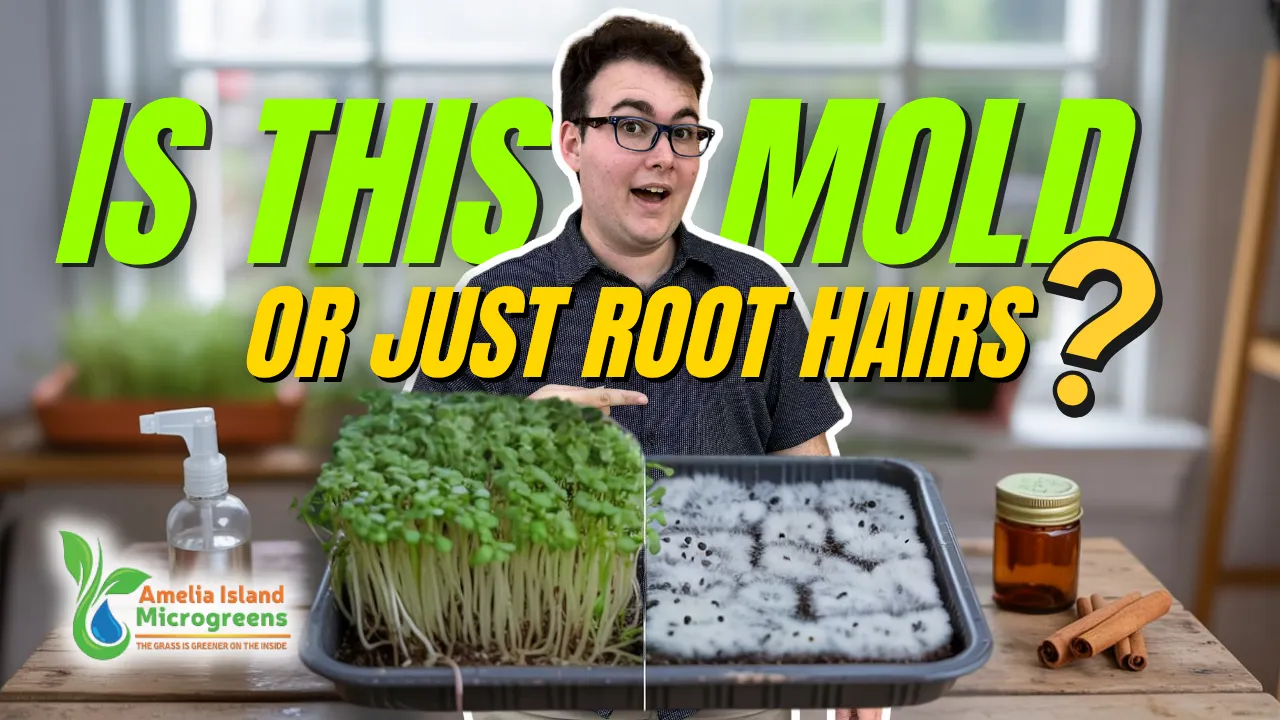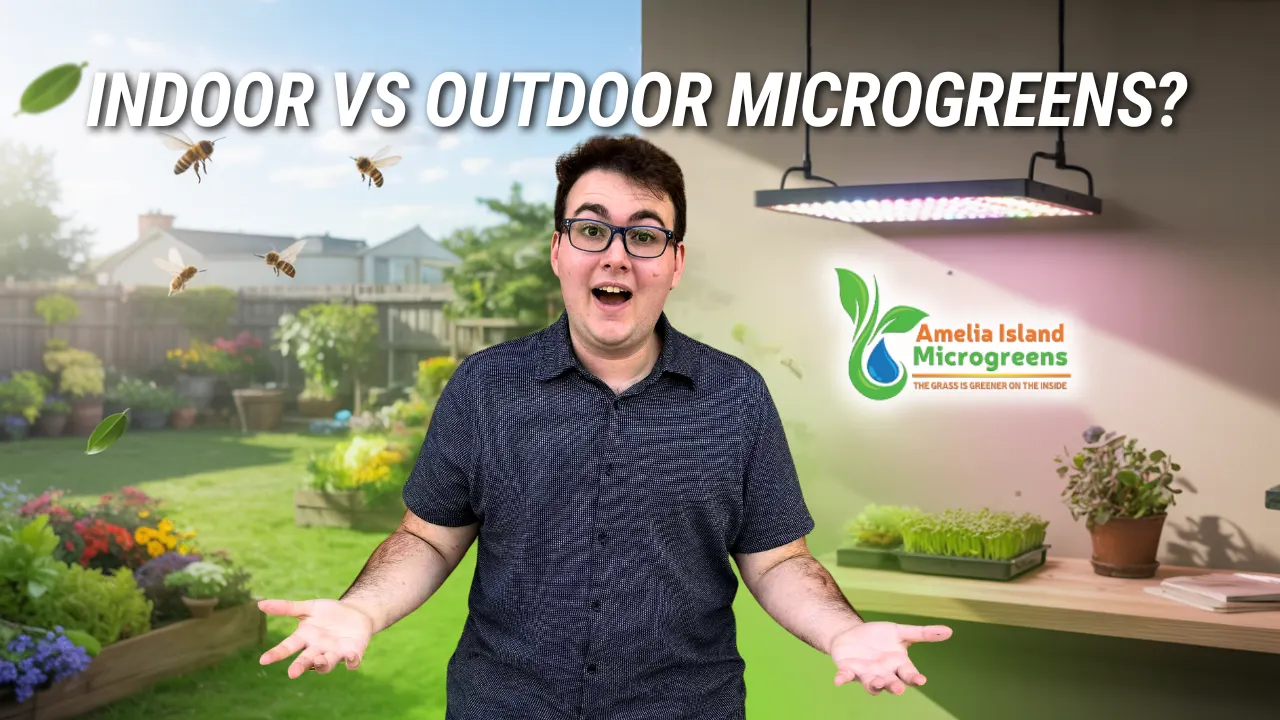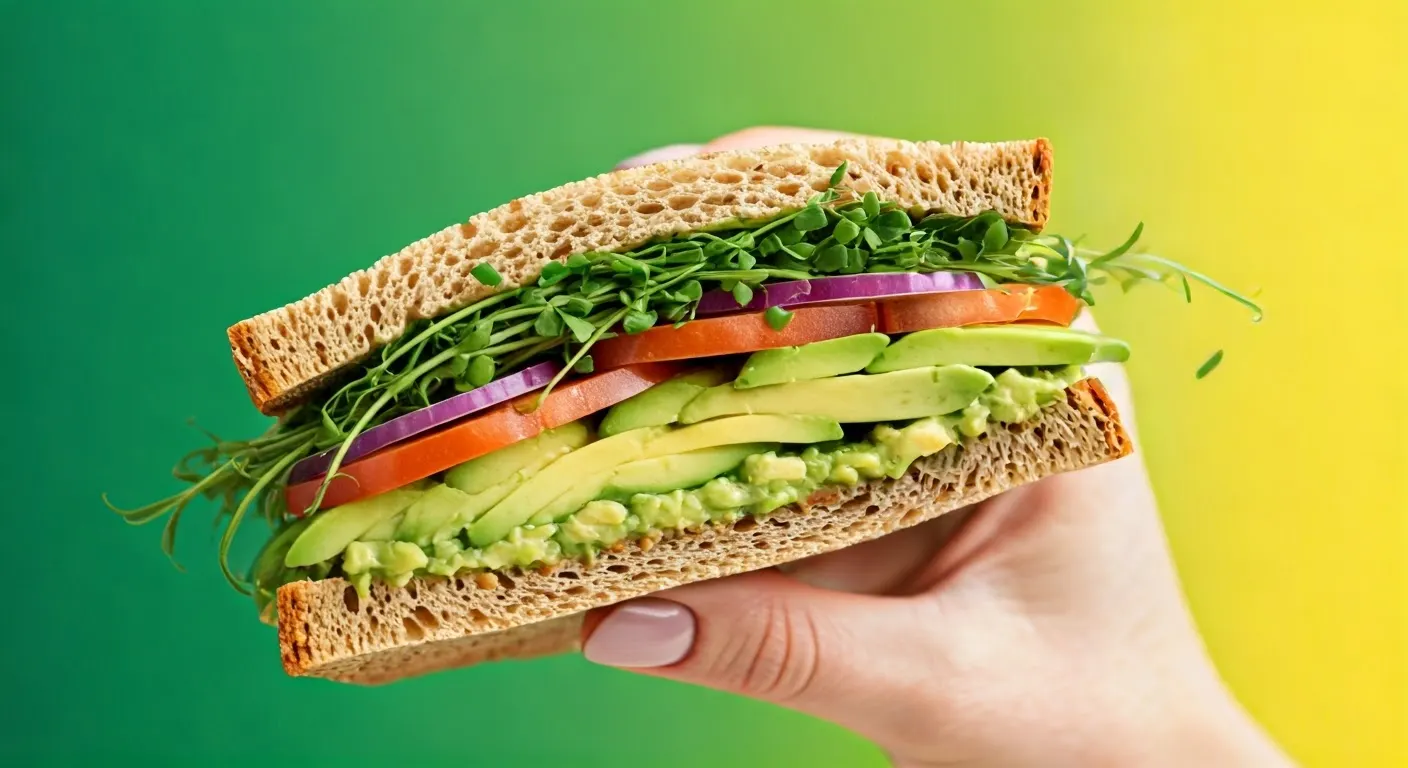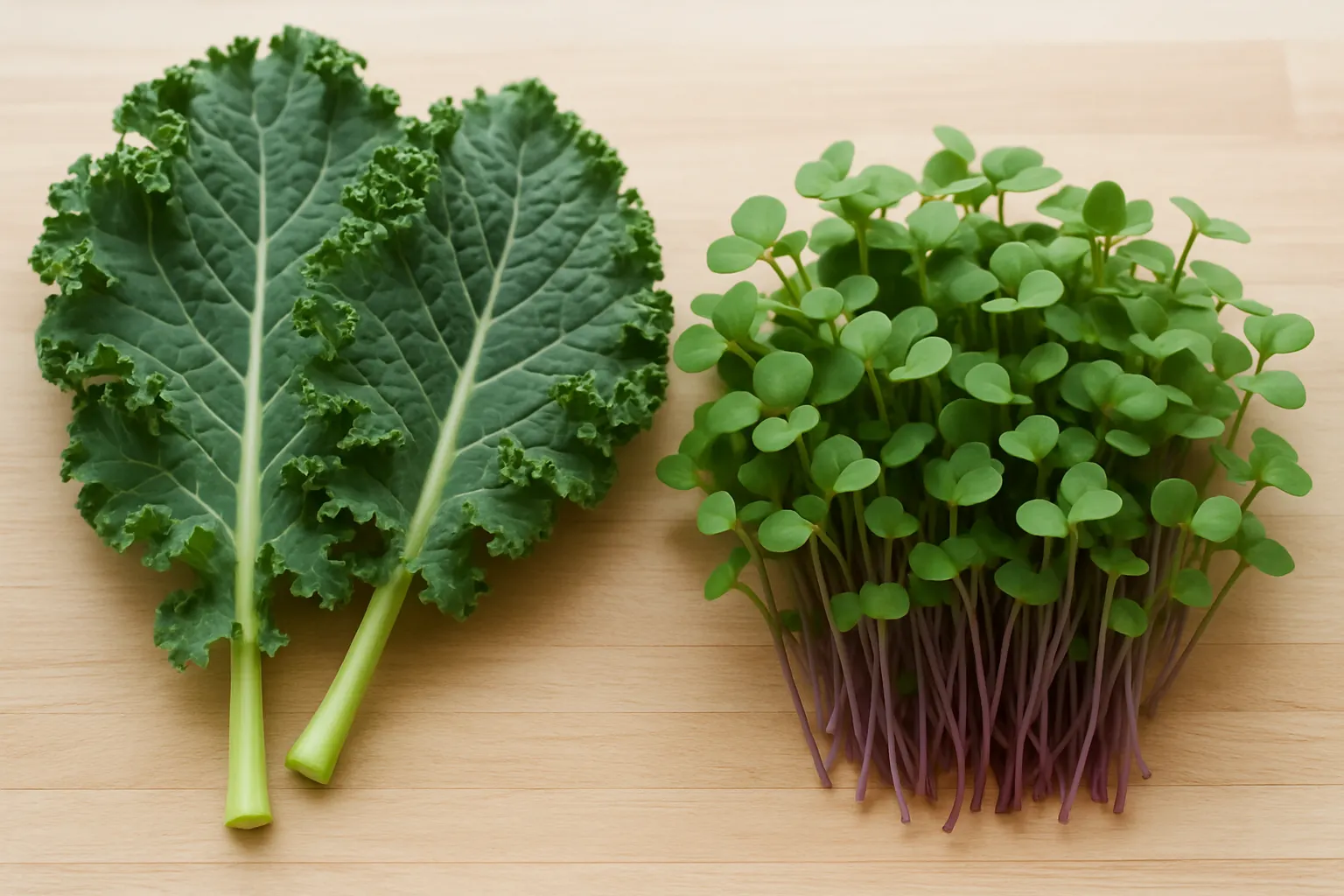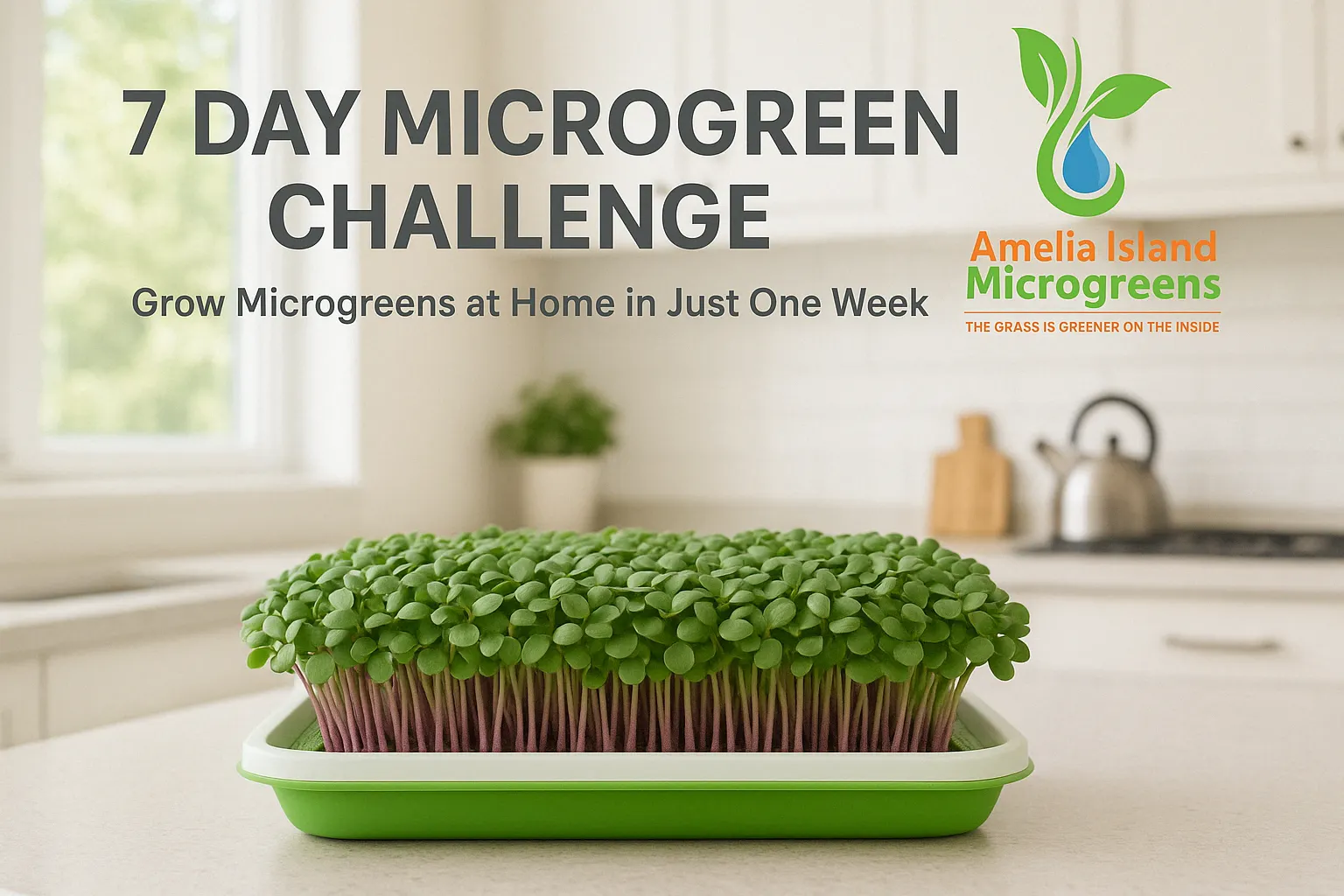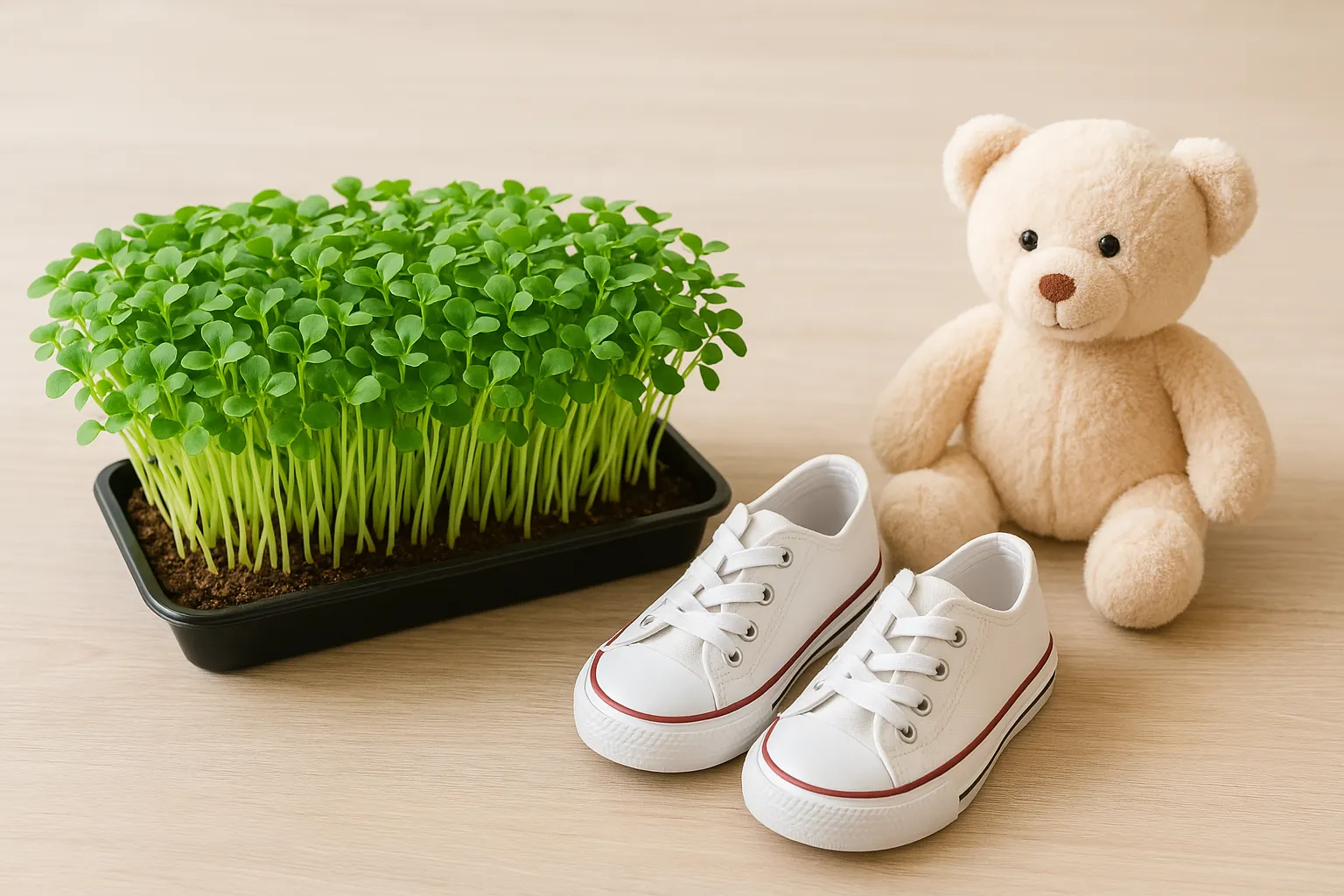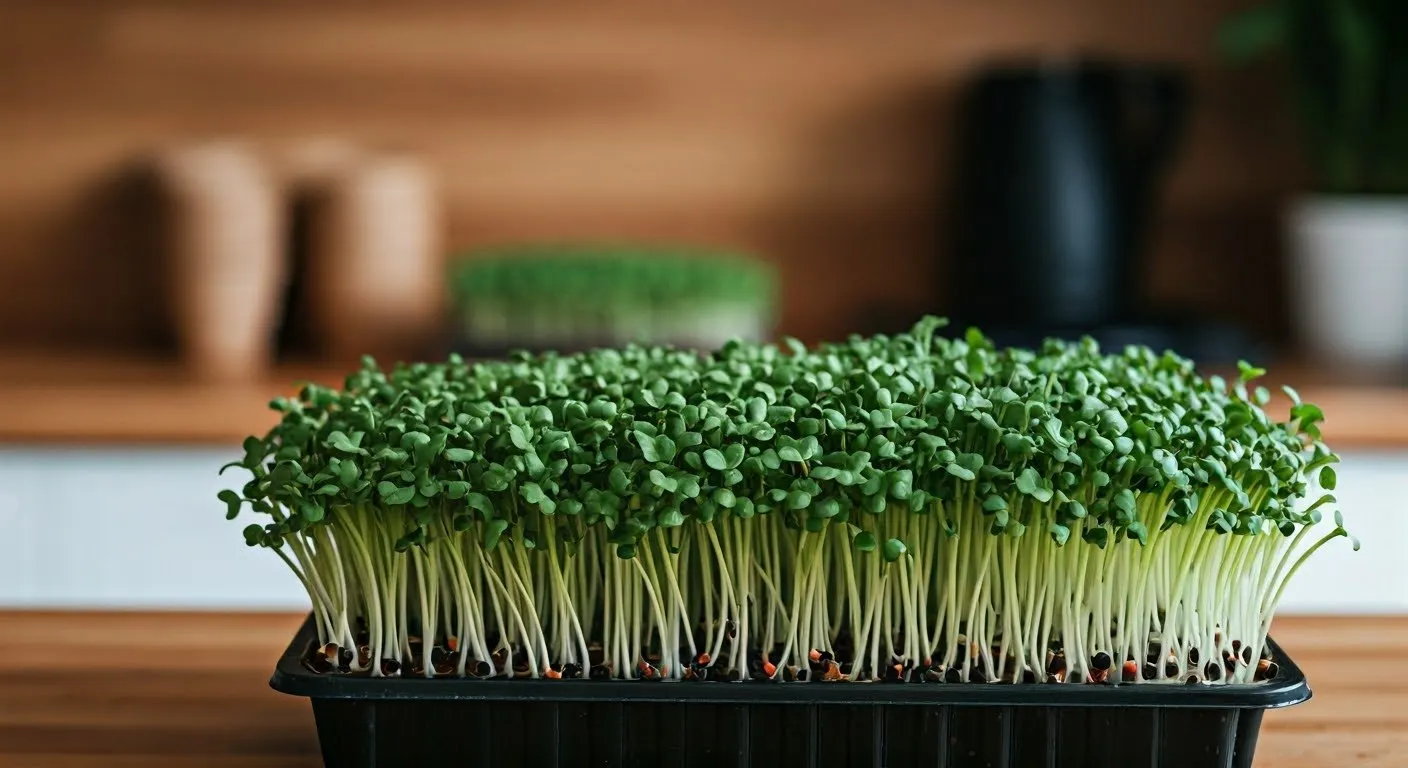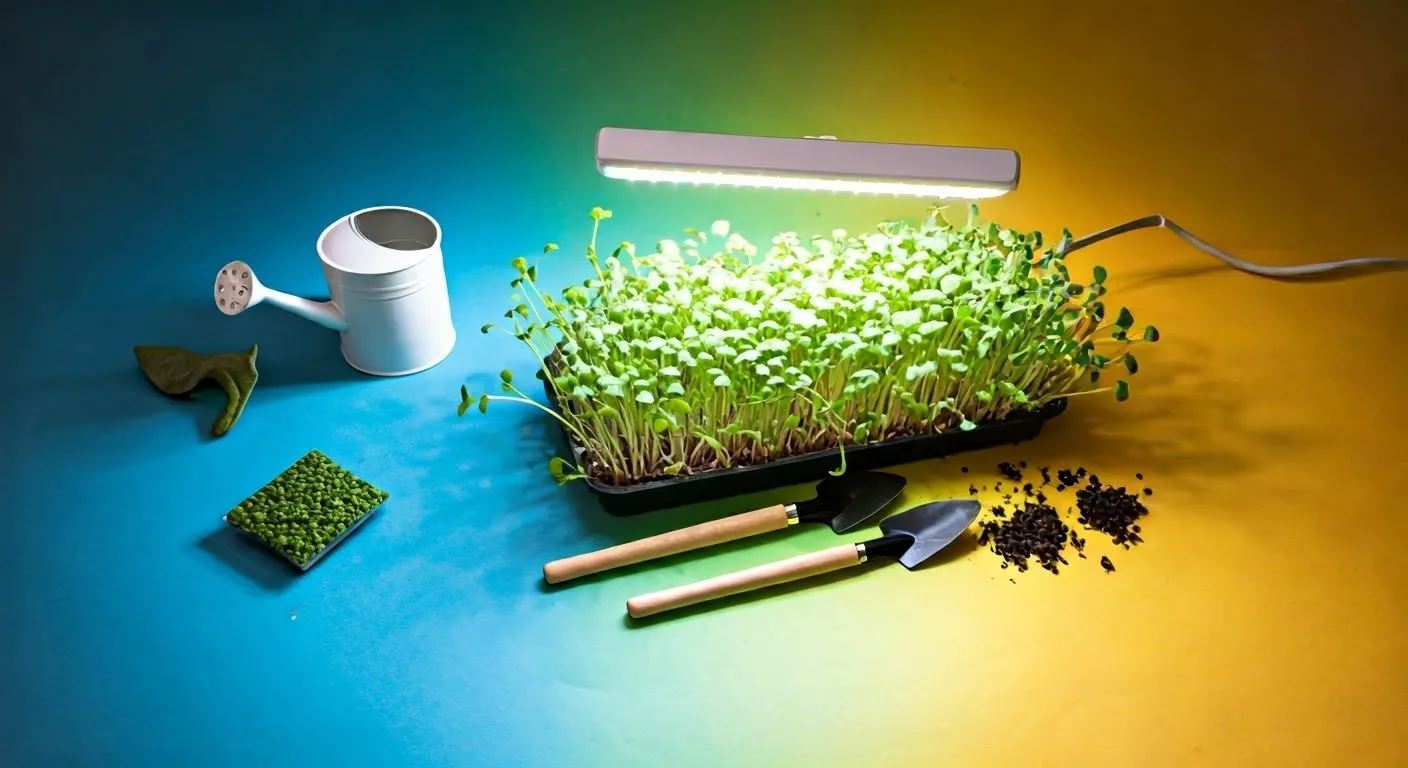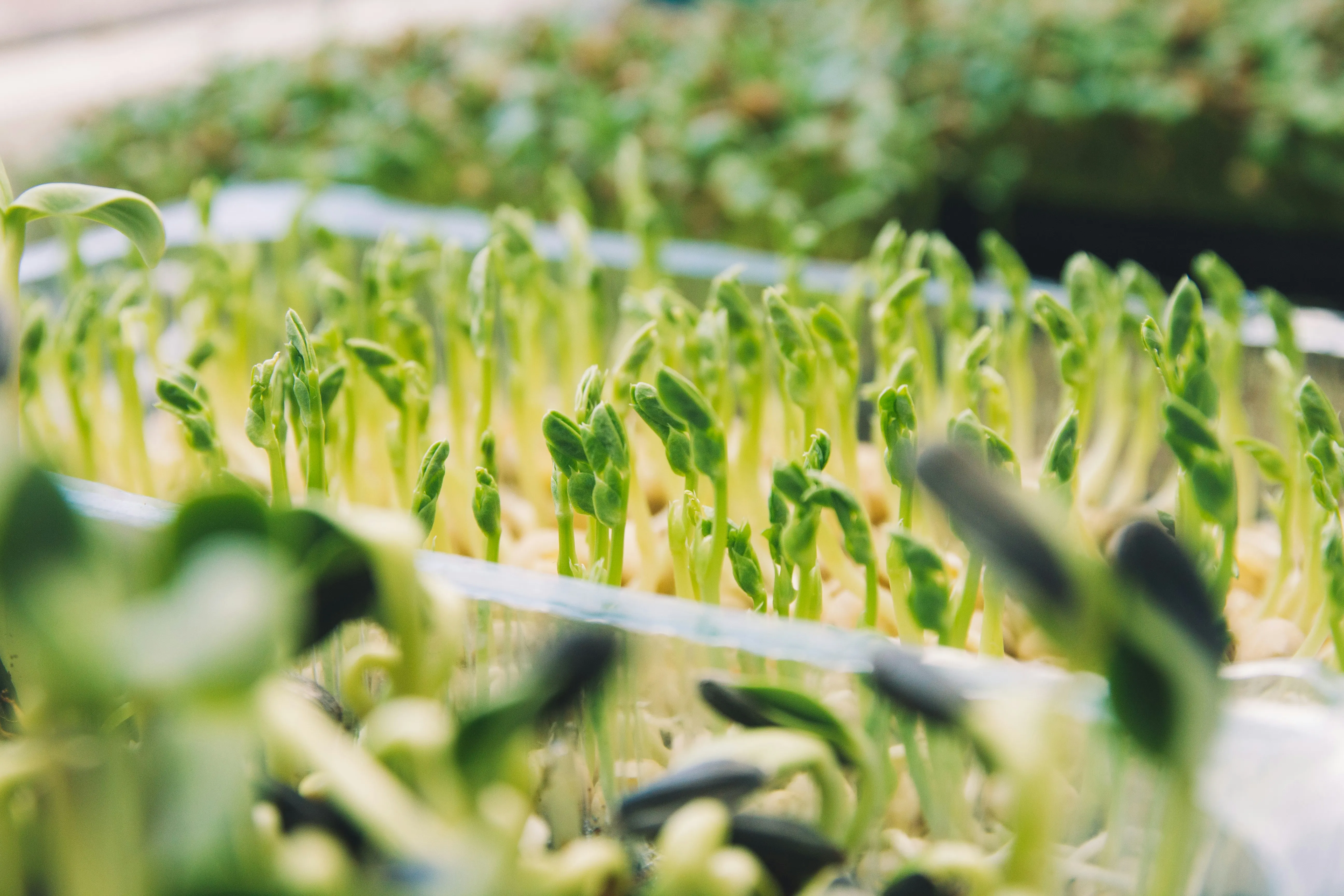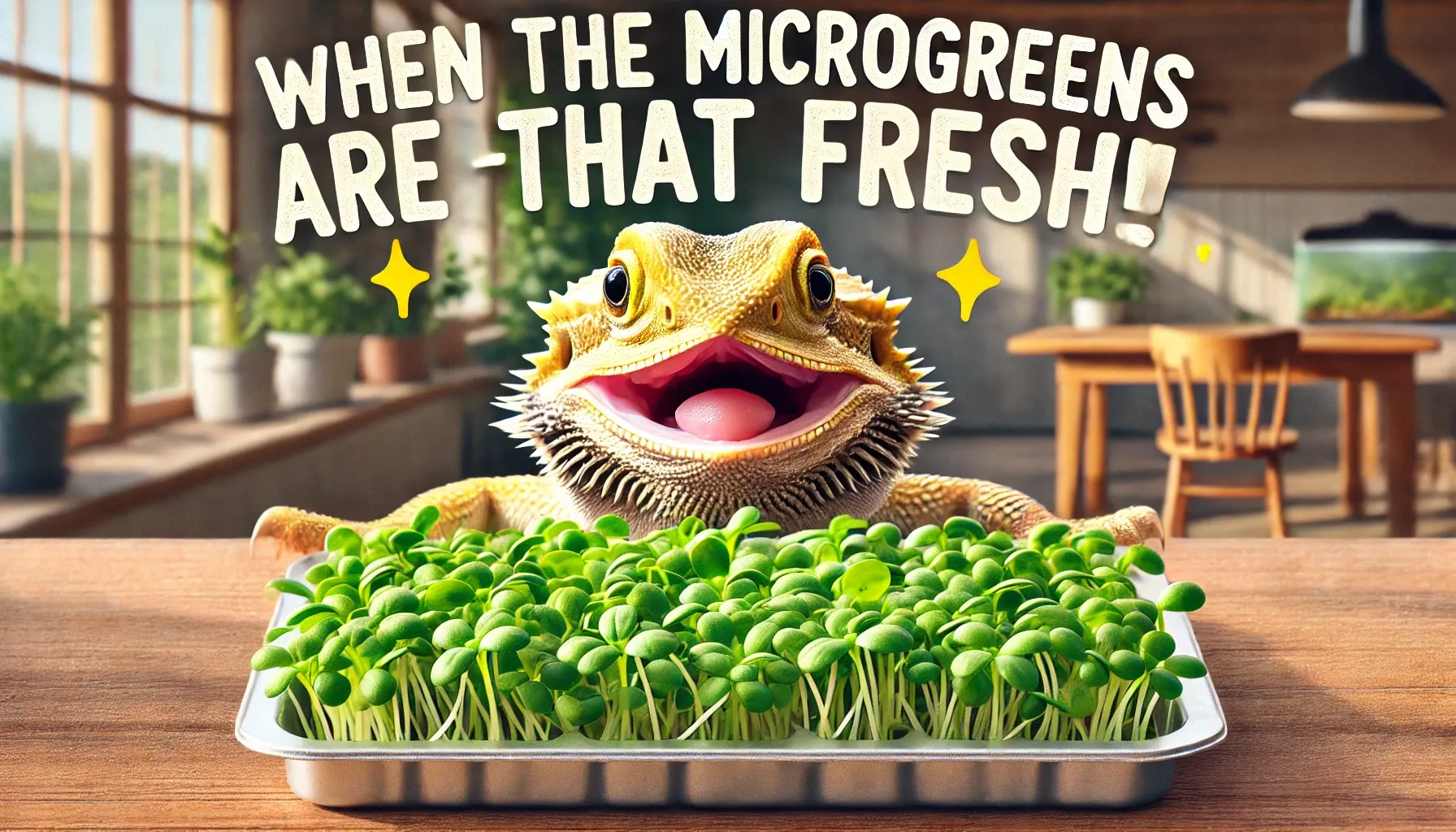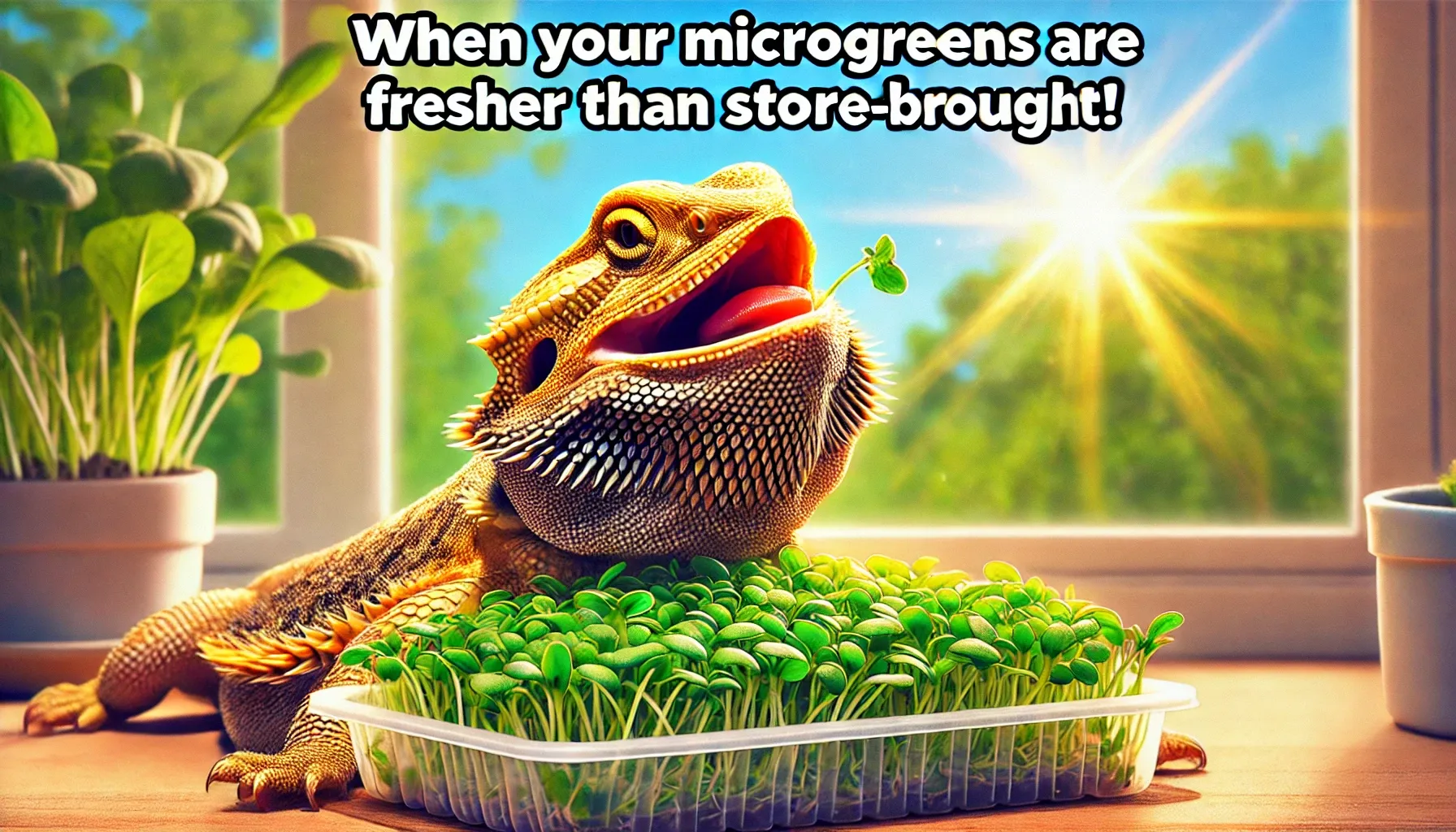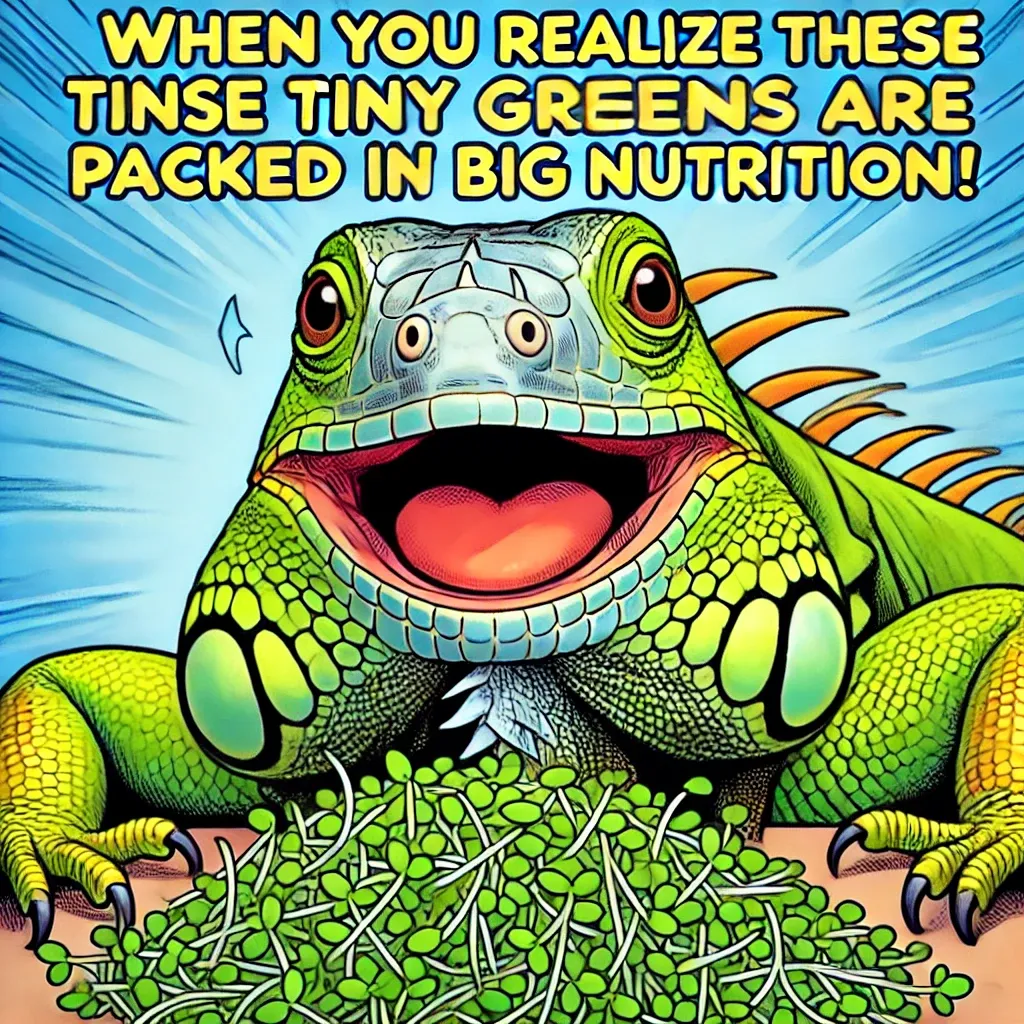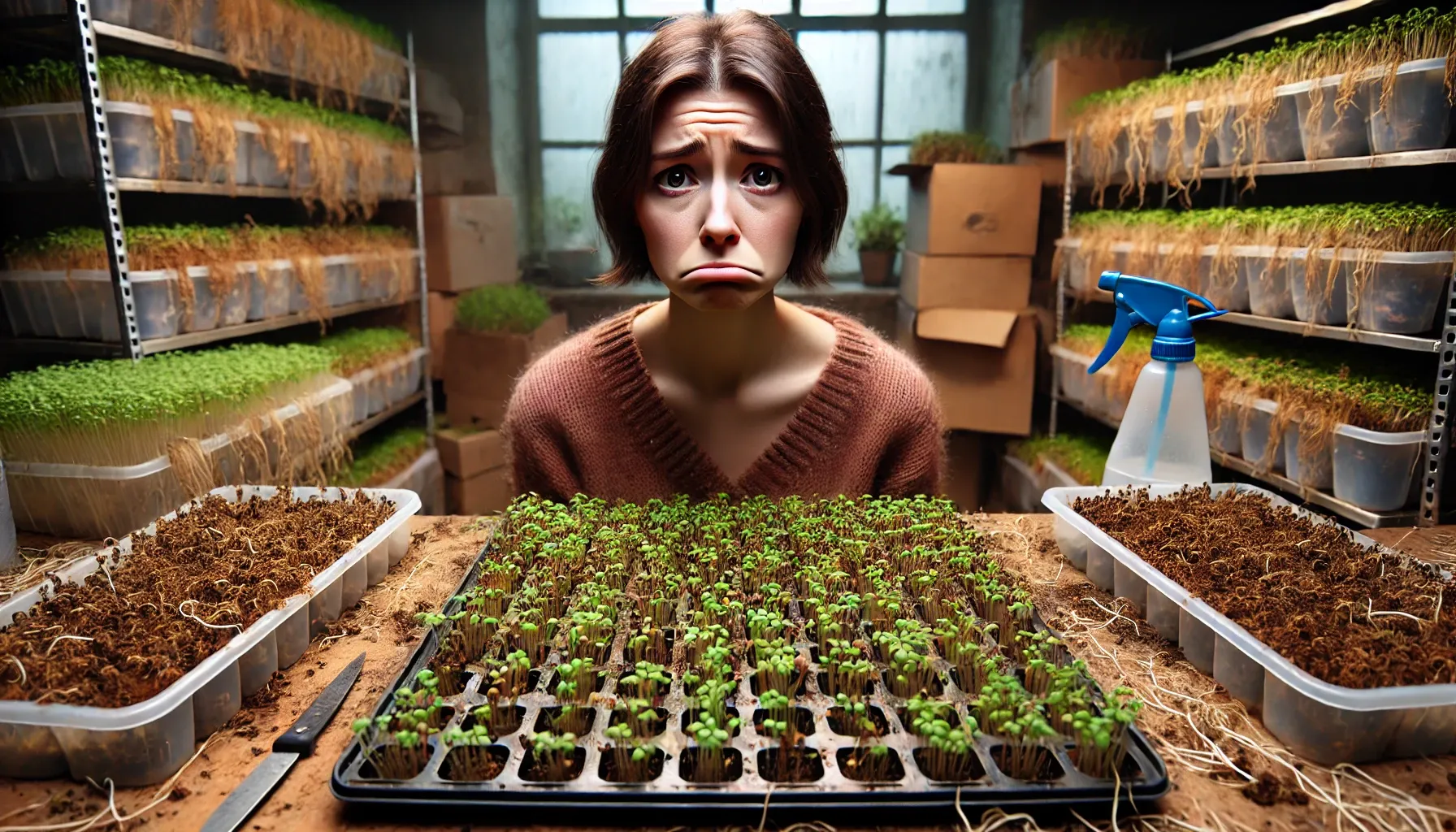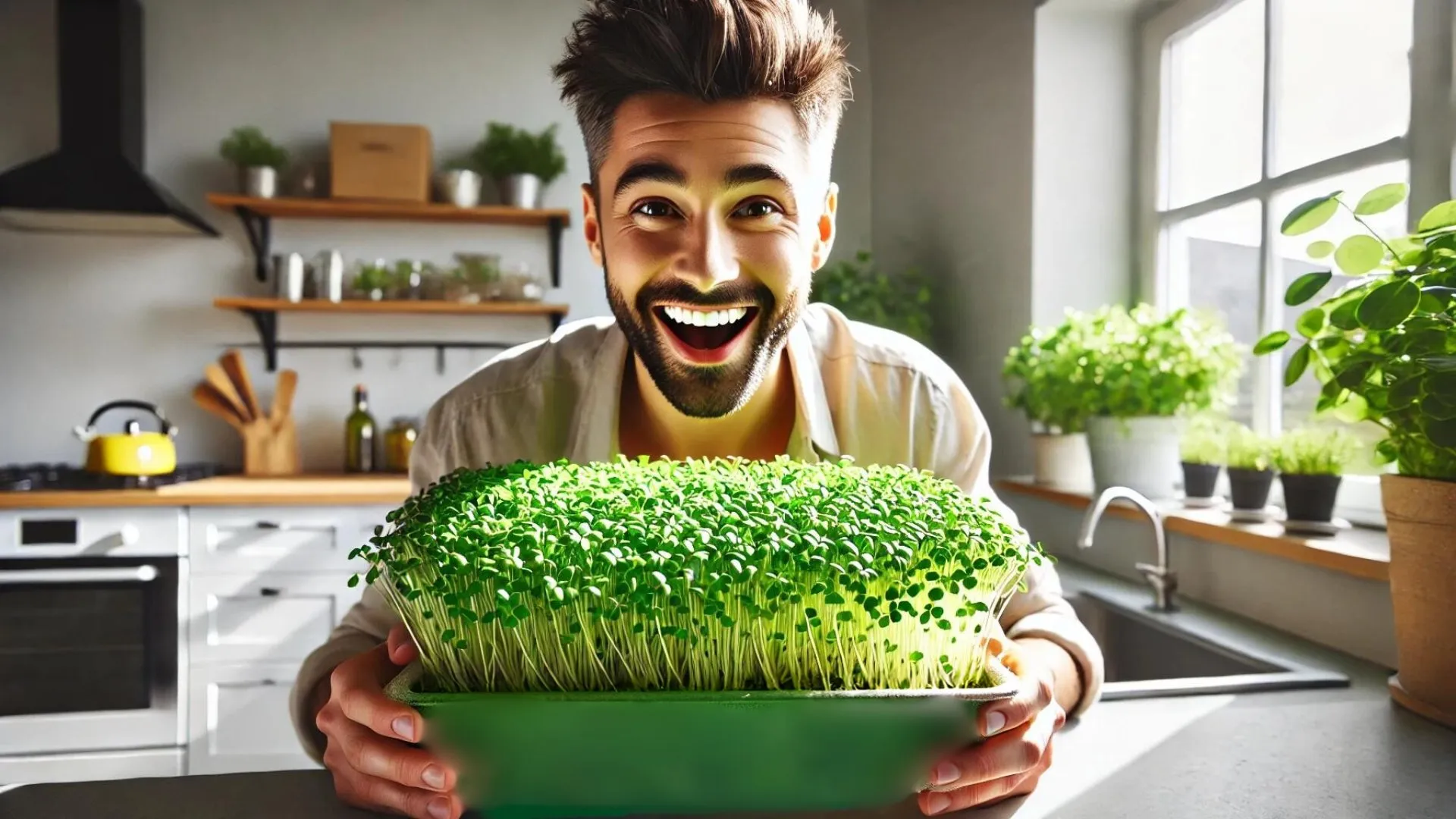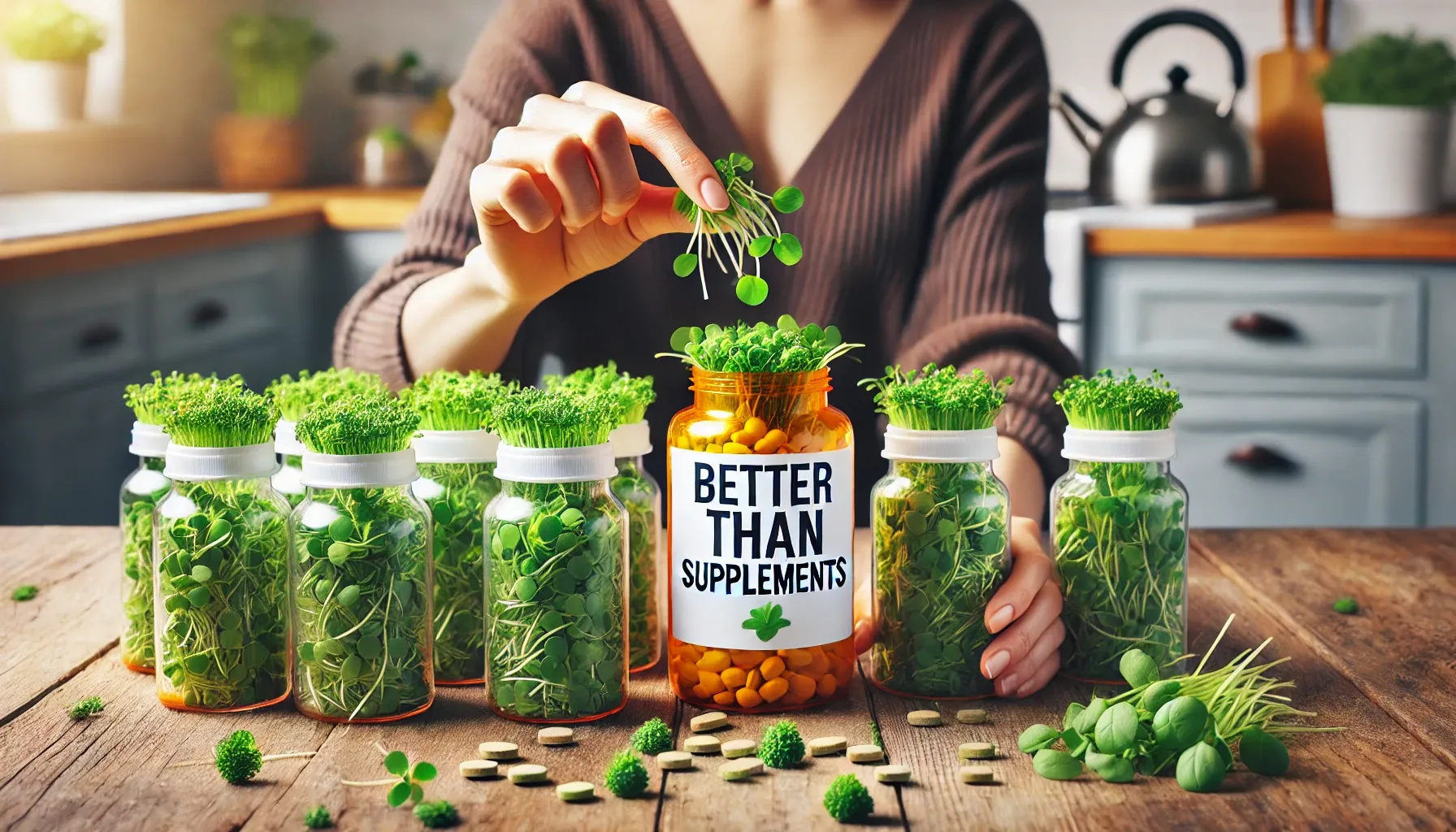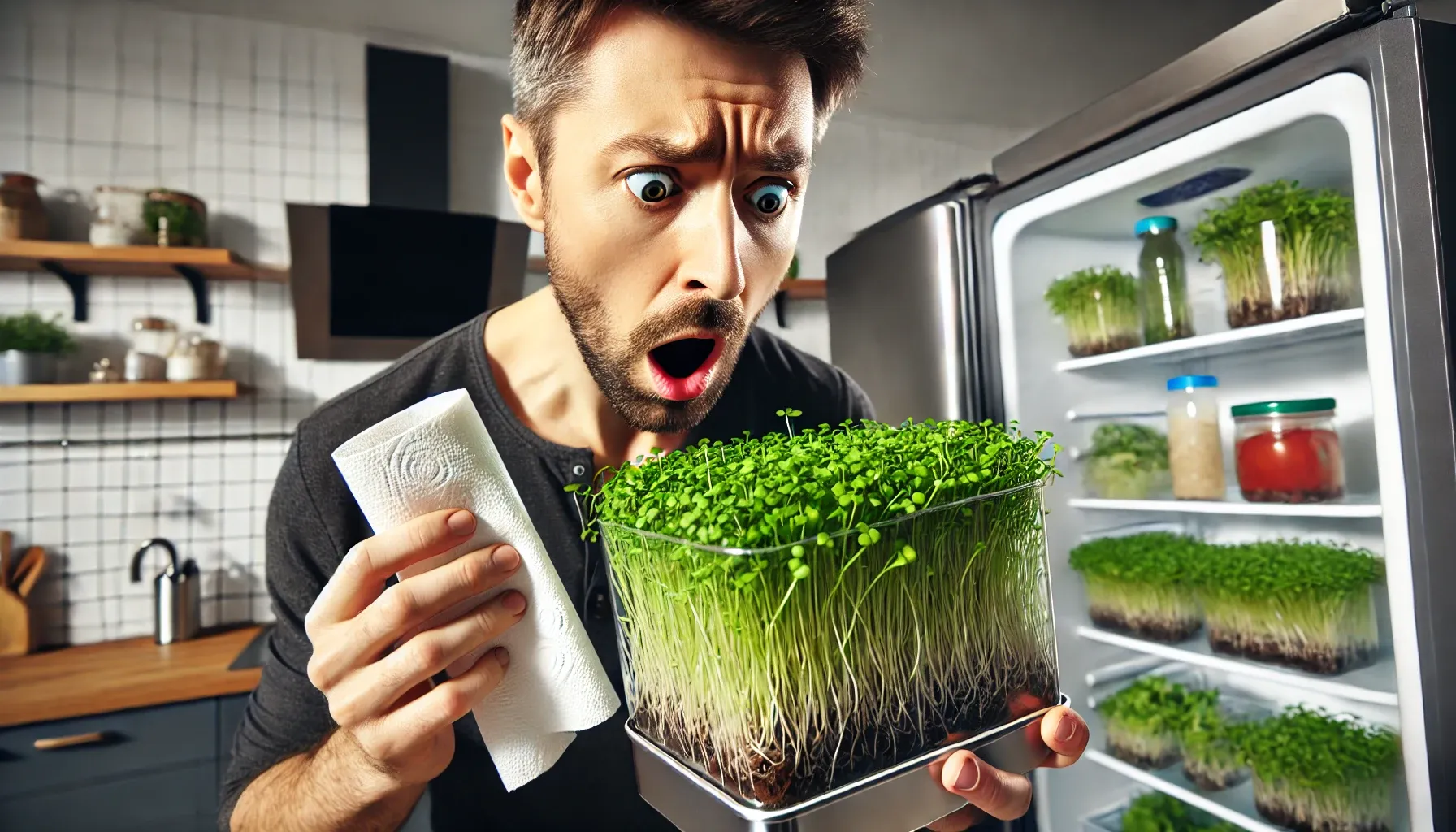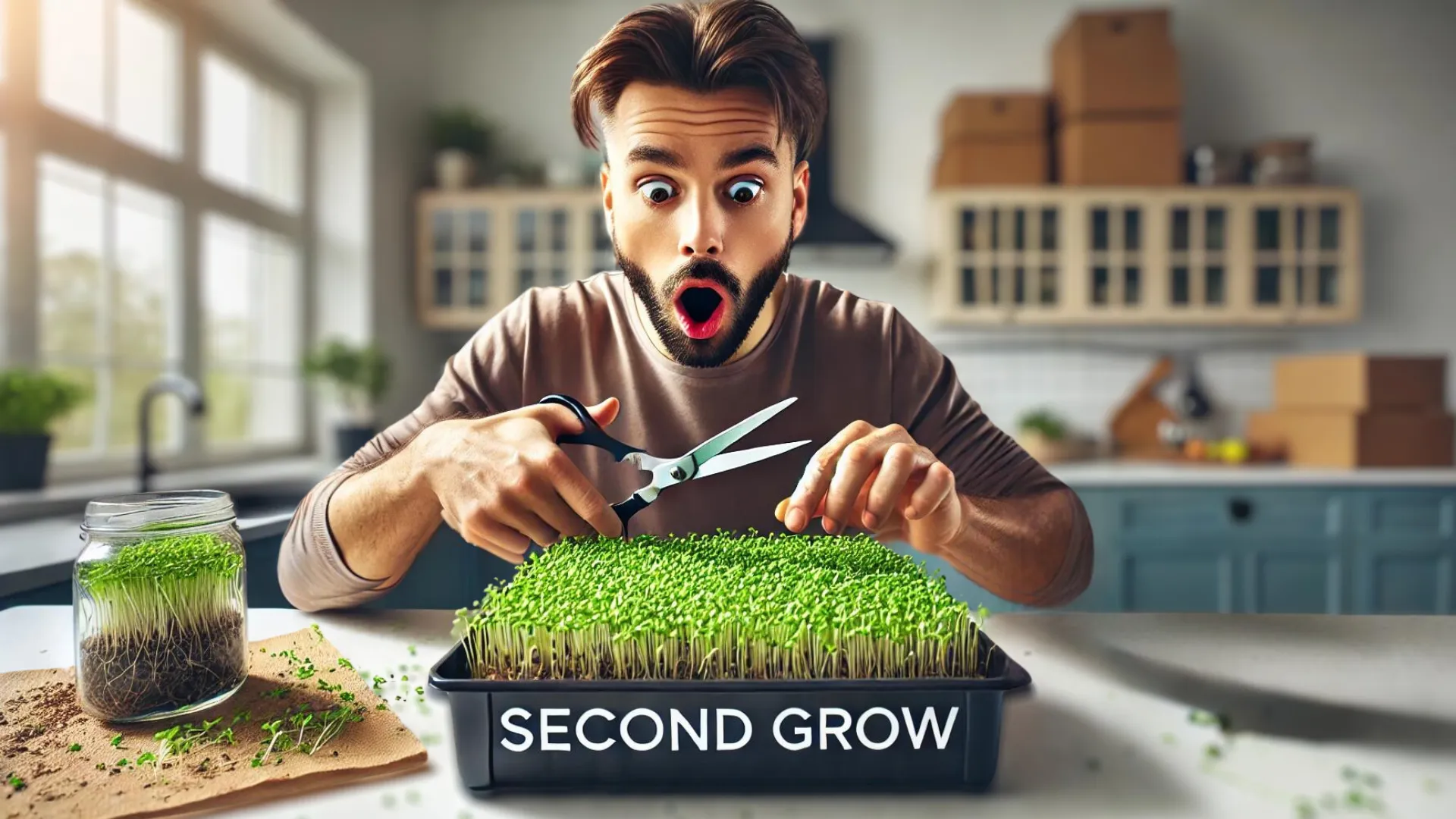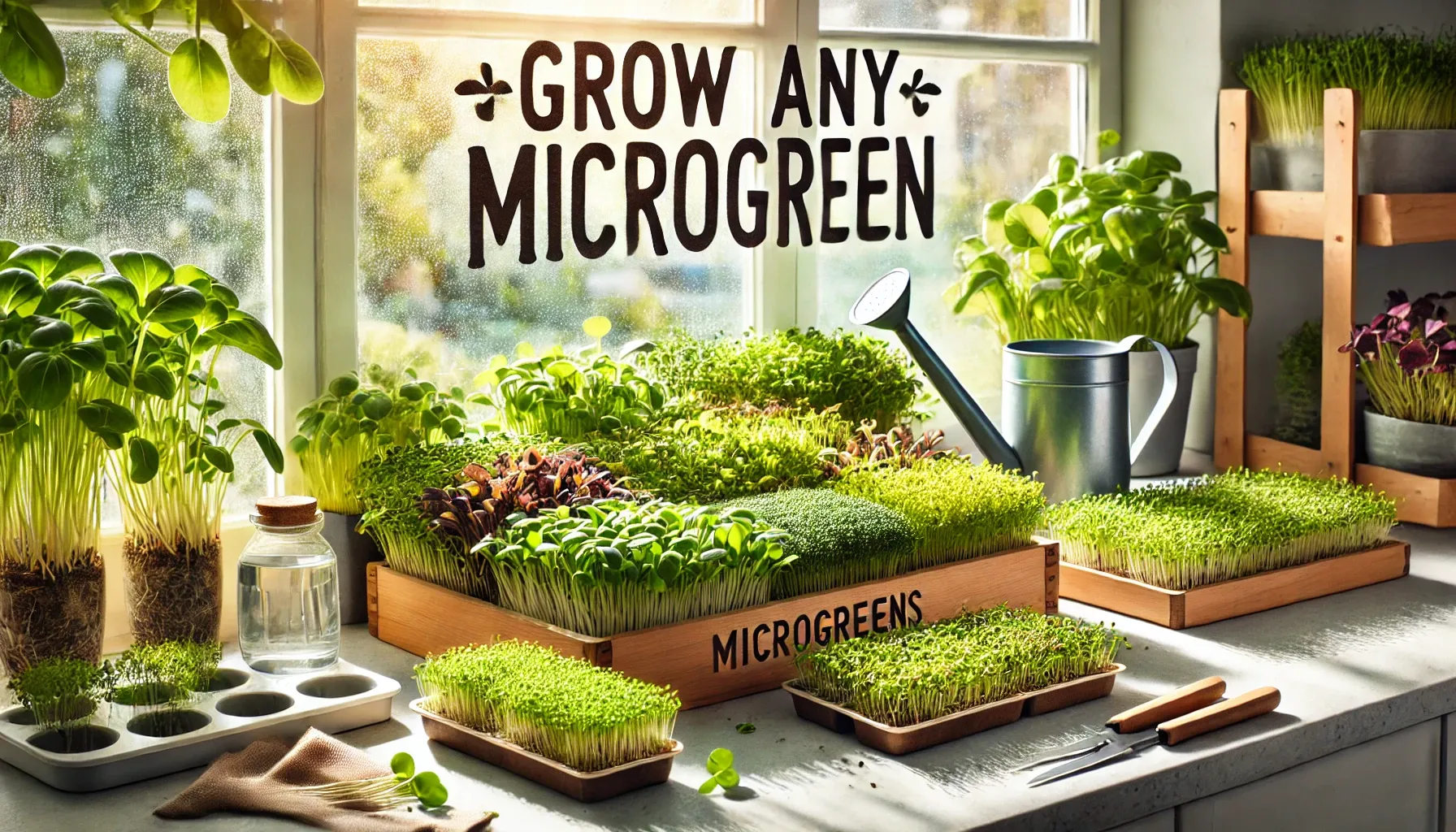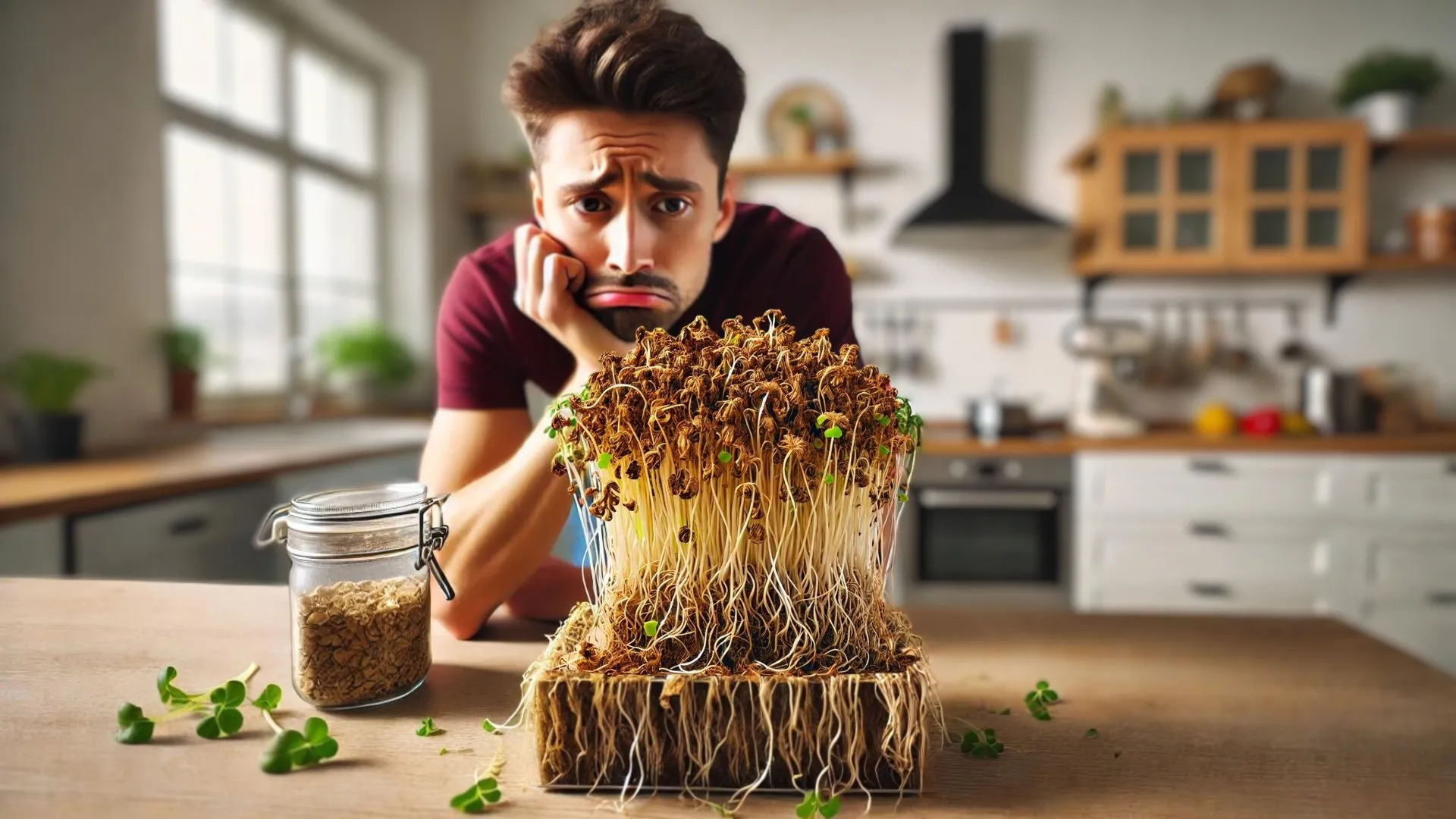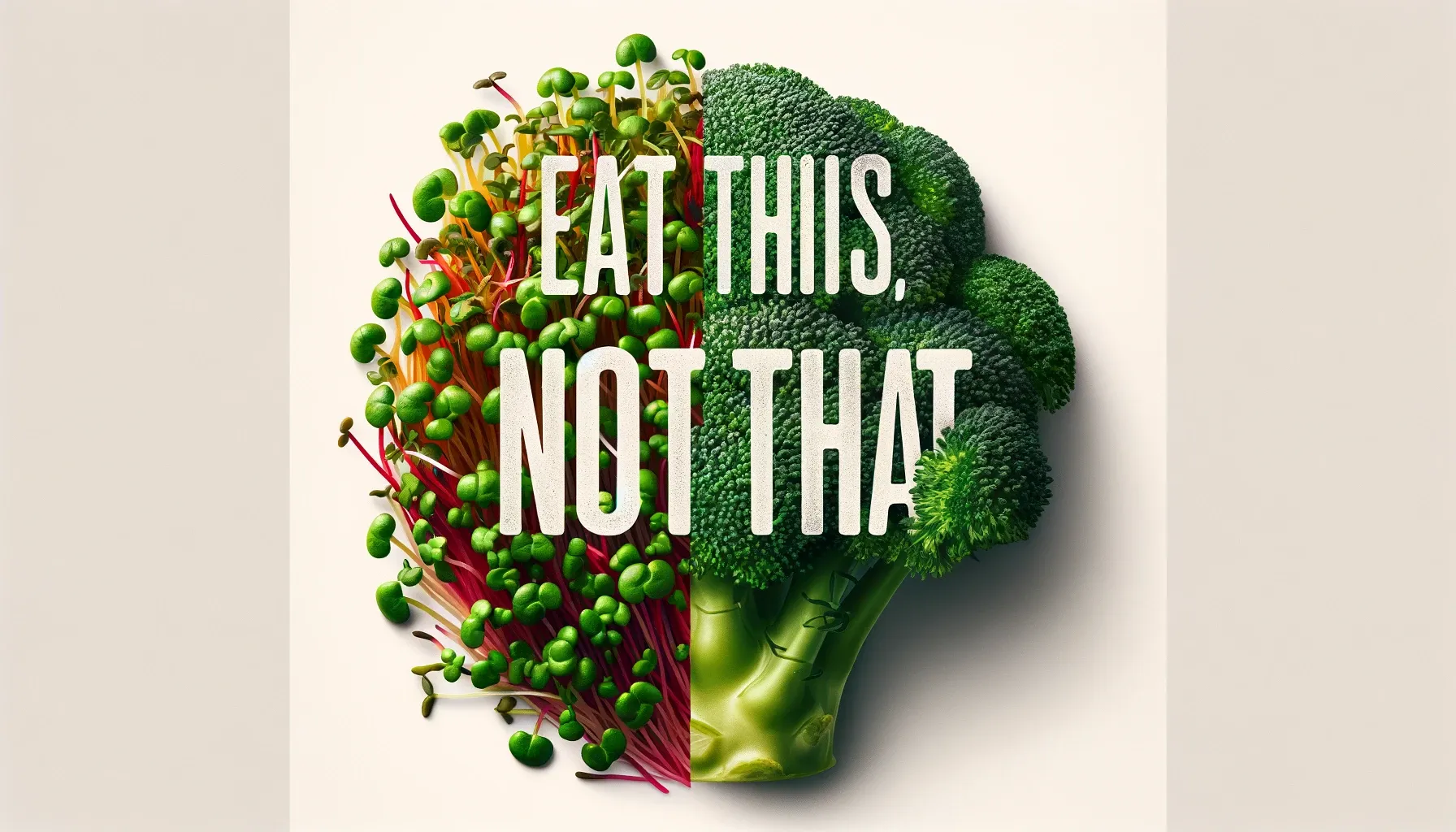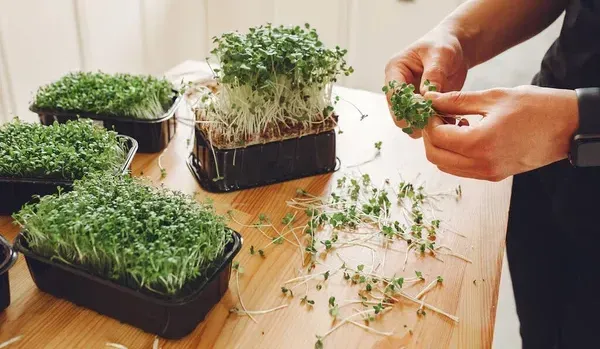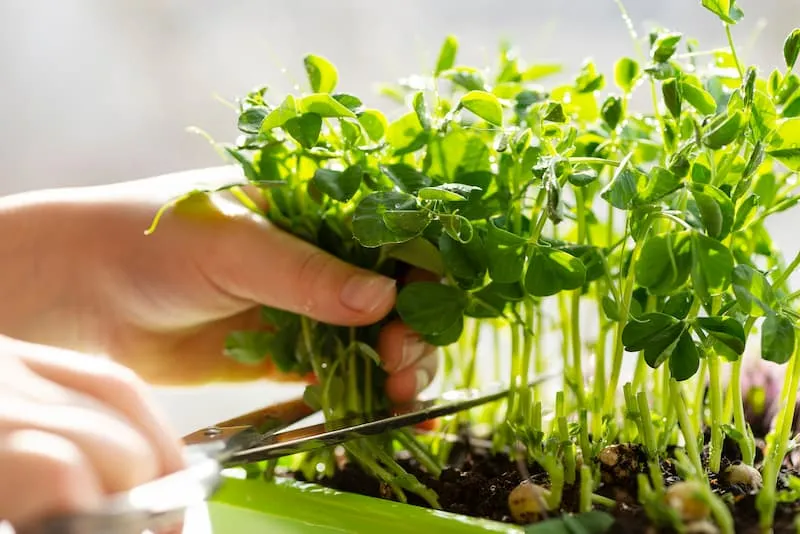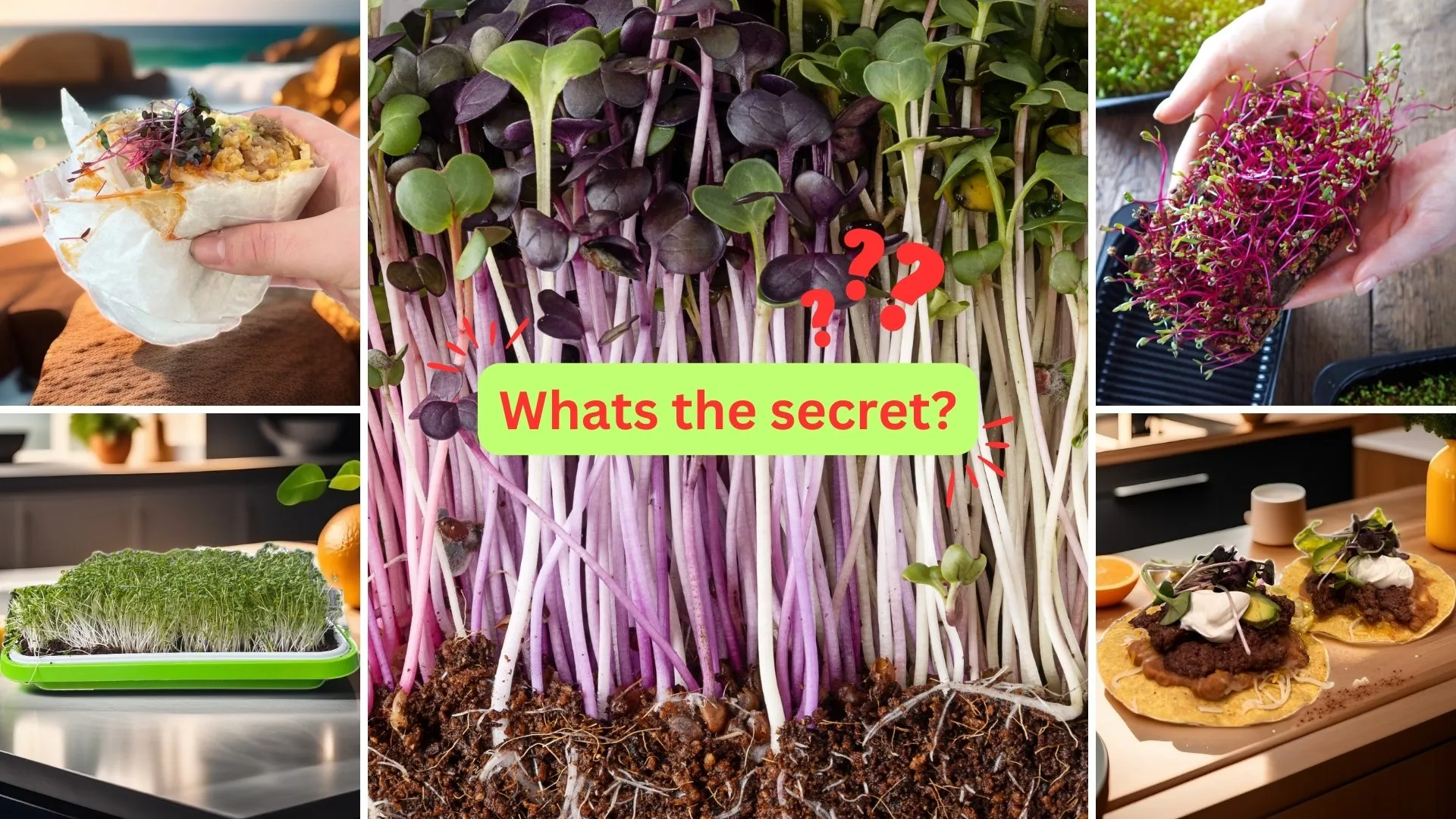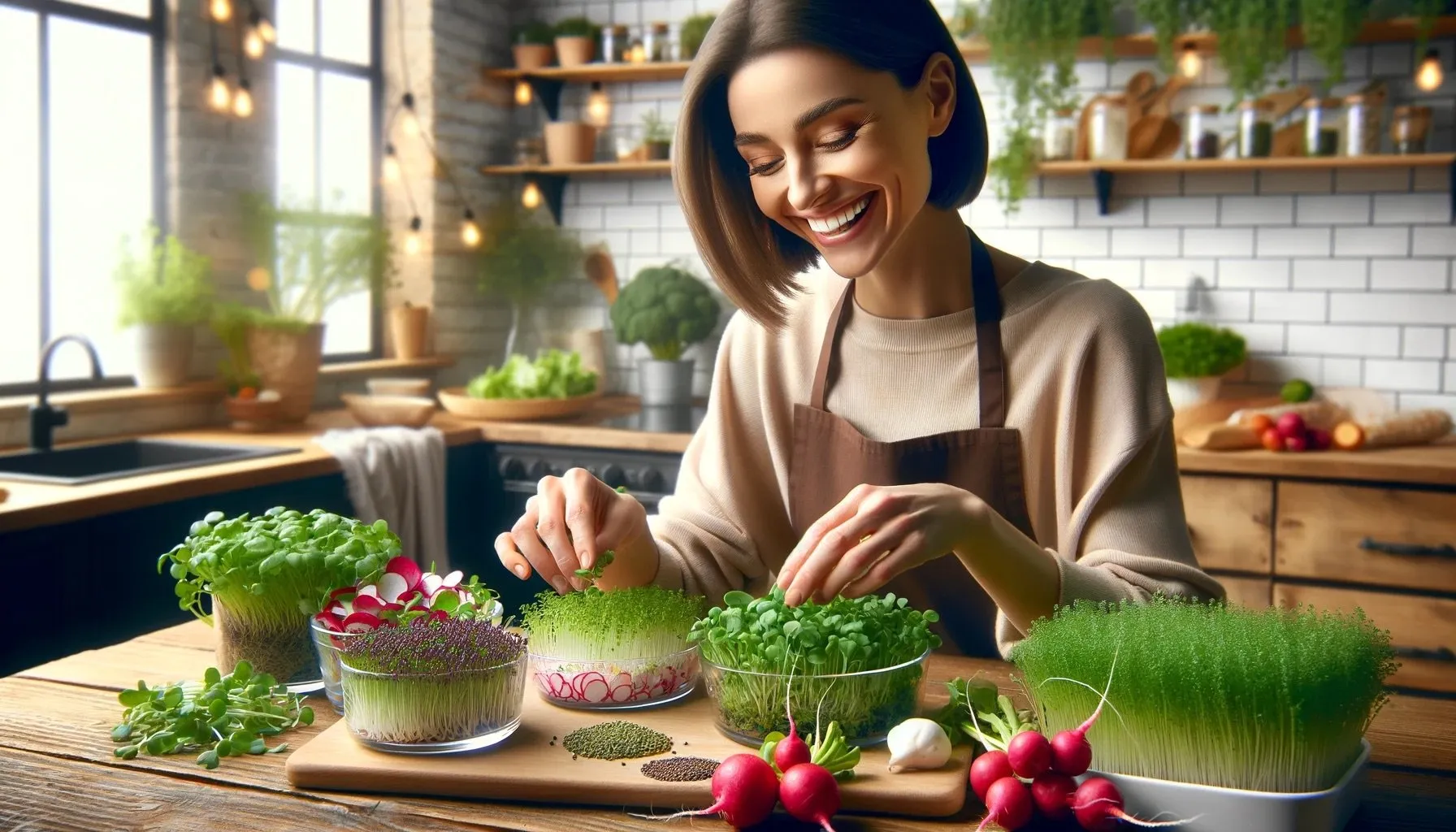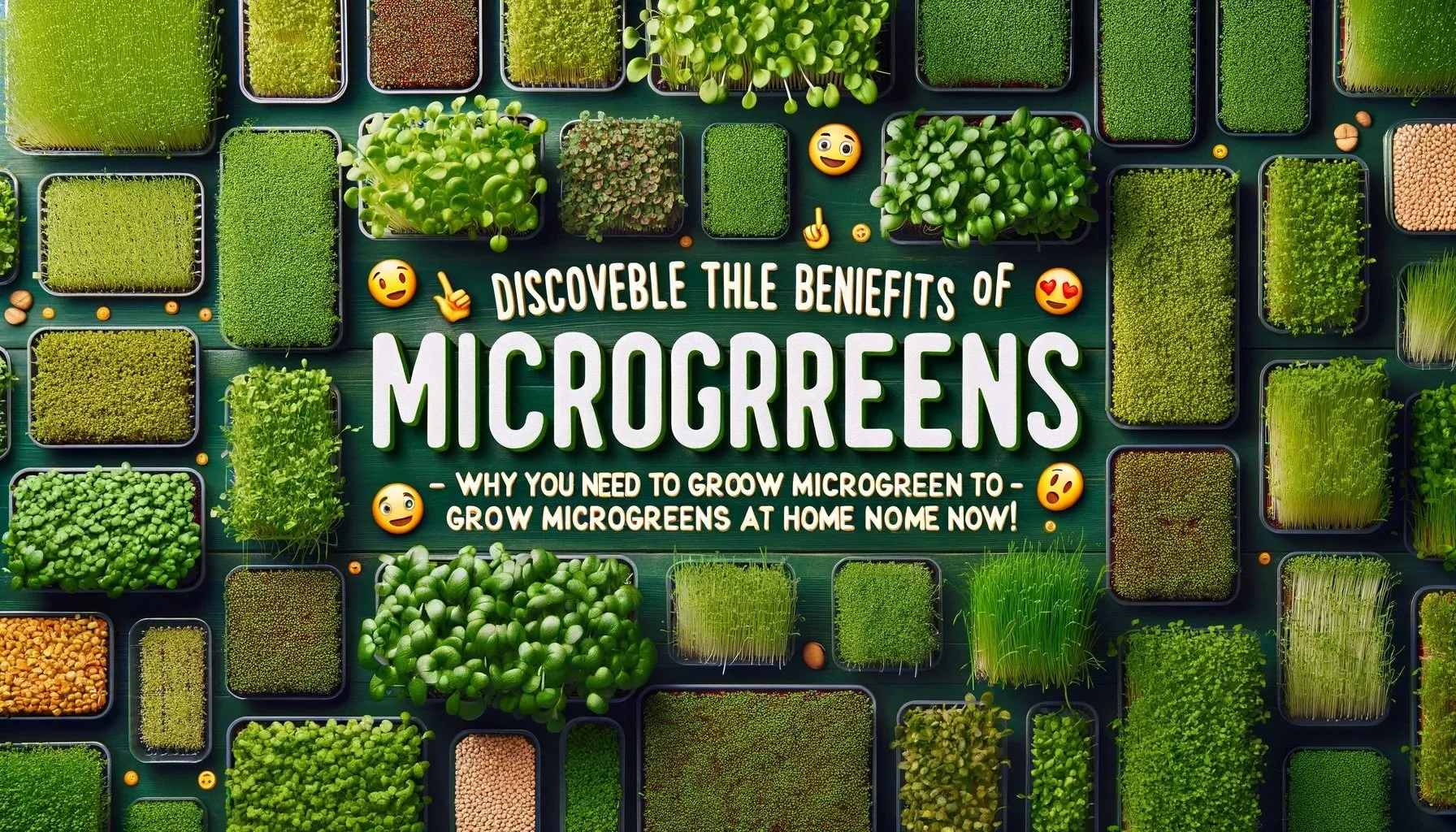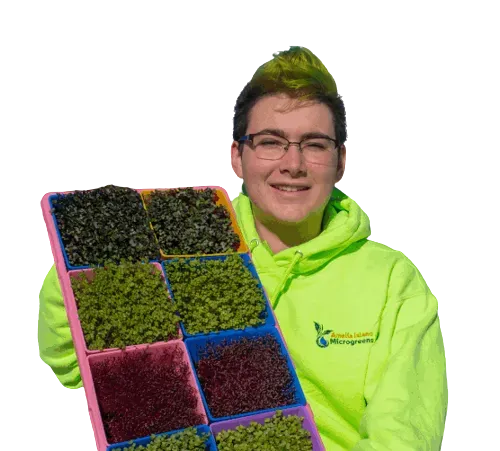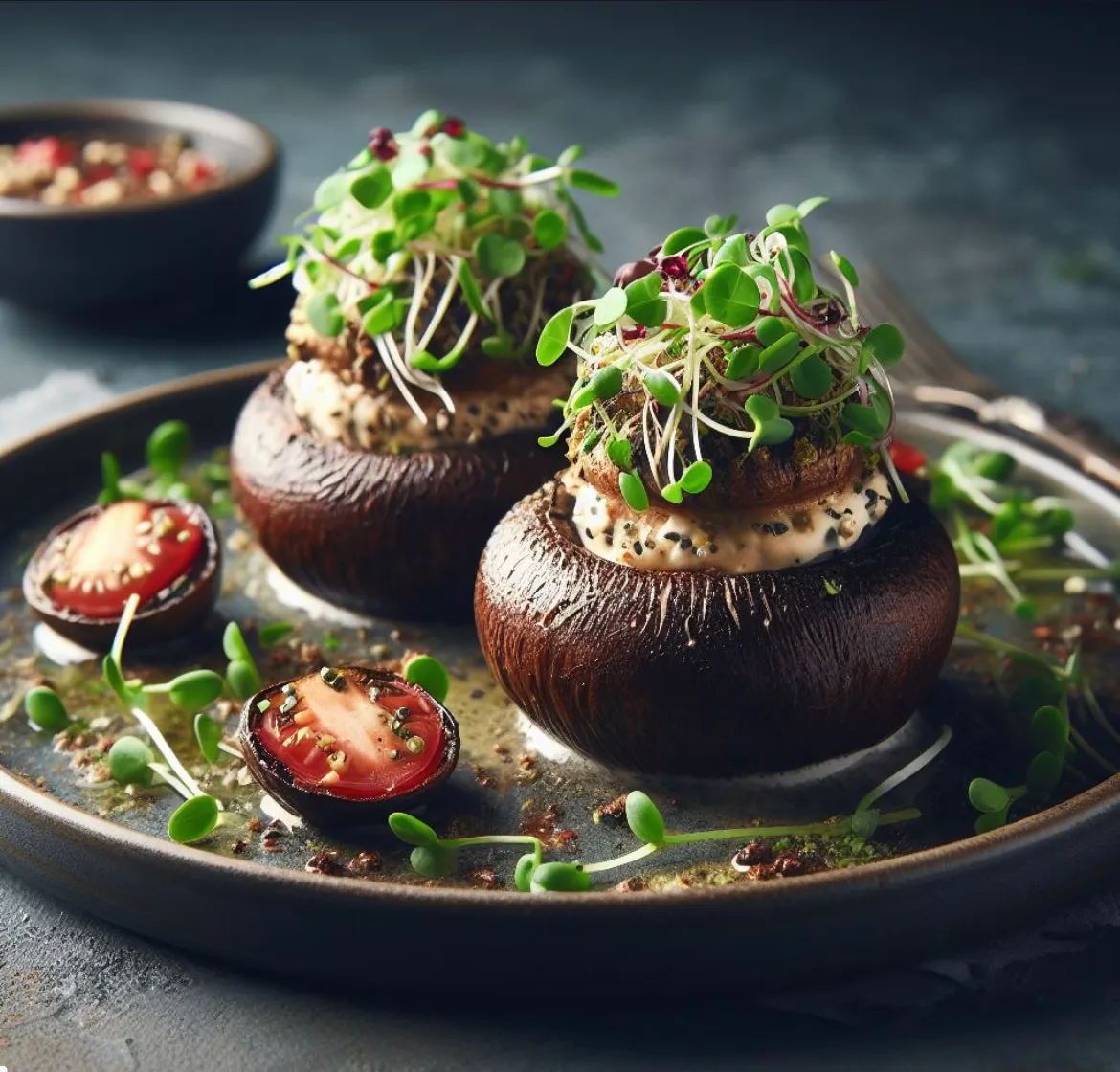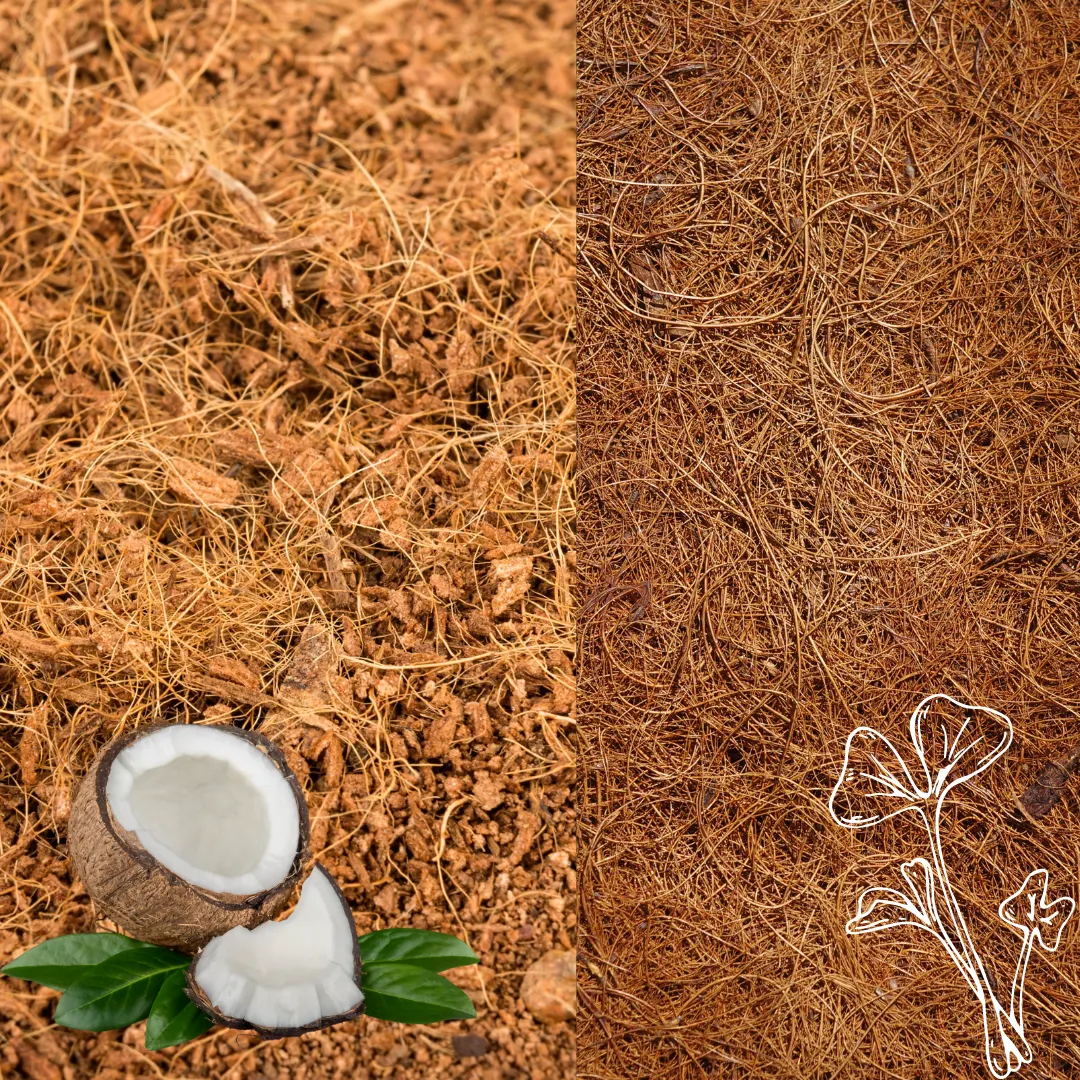Microgreens Not Growing? Avoid These 5 Common Pitfalls (and the Secret Pantry Ingredient That Saved Connor’s Crop)
Imagine planting your first tray of microgreens, excited, hopeful, dreaming of fresh, vibrant greens in a week… only to find soggy soil, funky smells, and patchy growth.
If that’s been your experience, you’re definitely not alone.
Connor from Island Microgreens has grown microgreens for over 14 years, and even he admits that his first few batches were a disaster. In his latest YouTube video, he opens up about the five most common mistakes beginners make when growing microgreensand how a single kitchen ingredient (yes, from your pantry!) helped him finally overcome mold.
Whether you’re brand new or already knee-deep in trays, this post will give you the clarity and confidence you need to troubleshoot your grow. We’ll walk you through highlights from the video, but the real breakthroughs are only revealed if you watch it to the end. Trust us it’s worth it.
💧 Mistake #1: Overwatering (Or Underwatering)
Many new growers assume “more water = more growth.” The truth? That mindset can drown your harvest literally.
Connor explains how overwatering leads to root rot and mold, especially in humid areas like Florida. Underwatering, on the other hand, is a common issue in dry places like Nevada.
What you need instead is controlled moisture.
Here’s what to look for:
- Soil should be slightly damp, never soaked
- Use a spray bottle for even moisture
- Pour water into the bottom tray, then drain excess after 15 minutes
🌿 Pro Tip: In dry climates, mist twice a day during germination. In humid climates, once is plenty.
Don’t be discouraged if your first tray flops. Connor admits his early grows were rough—but they were stepping stones to microgreen mastery.

😷 Mistake #2: Misidentifying Mold vs. Root Hairs
One of the most confusing (and panic-inducing) moments for new growers is spotting fuzzy white stuff on the roots. Is it mold… or just root hairs?
Connor’s video shows a simple spray test:
- Mist the fuzz lightly with water.
- If it disappears, it’s root hair.
- If it stays and looks webby or grey with specks, it’s mold.
Root hairs are harmless (even good!), while mold can ruin a crop fast.
When mold does appear, don’t panic. There’s a game-changing tip coming up.

🌿 Mistake #3: Using Too Many Varieties at Once
We get it—microgreens are exciting. Broccoli! Peas! Sunflower! Basil! But mixing too many types in one tray is a recipe for chaos if they grow at different speeds or require different moisture levels.
Stick with varieties that share:
- Germination time
- Growth timeline
- Moisture needs
For example, broccoli, mustard, turnip, and kale can grow well together. Peas and sunflower? Better grown separately.
🛑 Bonus Tip: Use only one seed packet’s worth of seeds per tray—even if mixing types. Overcrowding = mold risk.
💡 Mistake #4: Lighting Setup Confusion
Great lighting doesn’t have to mean fancy grow lights. Connor shares how he started growing microgreens using ambient light from a window and a pantry shelf!
But be cautious—some modern windows are tinted in ways that block essential light, even if they don’t look tinted.
Here’s your lighting checklist:
- Use natural light from a non-tinted window
- Rotate trays daily for even growth
- If using a grow light, try an affordable LED shop light
🌞 Window = cheaper but requires rotation
💡 Grow light = even growth without babysitting
✂️ Mistake #5: Harvesting Too Early or Too Late
Timing is everything. Harvest too early, and you’re cutting tiny, nutrient-sparse sprouts. Wait too long, and some microgreens (like peas) get woody and bitter due to linolin buildup.
Ideal harvest time:
- Around day 7–10 for most microgreens
- Up to day 14 if there’s no yellowing or true leaves
- Harvest meal-by-meal to keep greens fresh longer
❗ Warning signs it’s too late: yellow leaves, true leaves forming, mold
🎥 Watch to Discover the Secret Ingredient That Prevents Mold
You’ve learned about watering, mold, light, and harvest timing. But the biggest breakthrough in Connor’s microgreen journey?
A common pantry spice that helps prevent mold from the start.
You won’t want to miss this easy, natural hack shared at the end of the video.
Ready to grow your own microgreens with the guidance of someone who’s been doing it for over a decade?
👉 Head over to ameliaIslandMicrogreens.com/101
Get Connor’s free step-by-step guide, discover the best microgreen varieties to start with, and access recipes to turn your harvest into real meals!

Microgreens are simple... but that doesn’t mean they’re mistake-proof.
Connor’s honest, energetic video is a must-watch if you're serious about getting reliable harvests, fighting off mold, and finally enjoying vibrant greens grown right from your kitchen.
The journey may start with a soggy tray or two, but every mistake is a micro-lesson.
And hey, if a pinch of cinnamon can change everything, just imagine what else you’ll discover by sticking with it.
💬 Your Turn: Comment Below! What’s been your biggest struggle with microgreens so far?
Maybe it’s mold, slow growth, or confusion about lighting. Leave a comment on the video or below this post. Connor reads every comment and might even feature your question in his next video!
Your experience might just help someone else grow their first successful tray. 🌱

